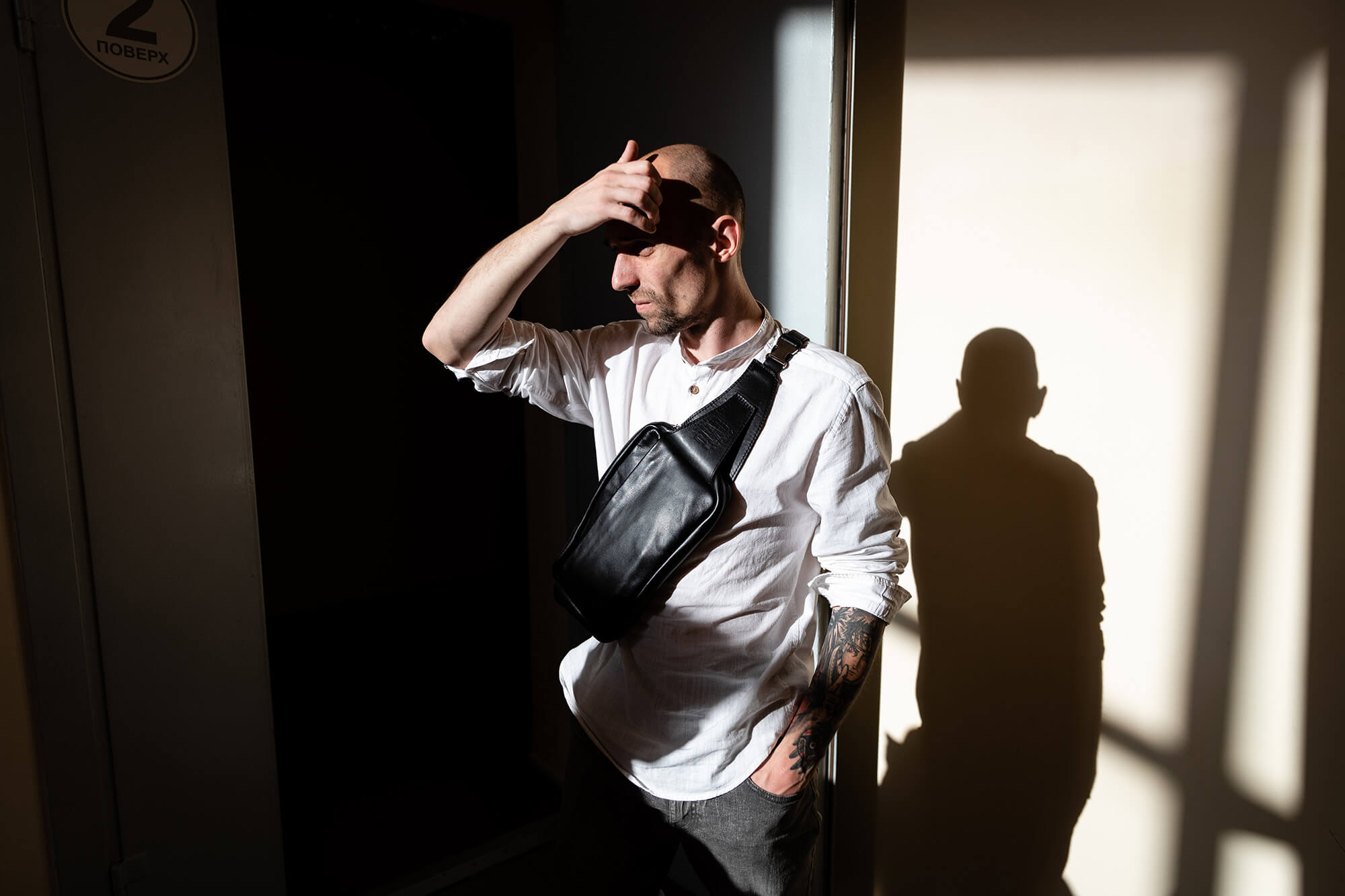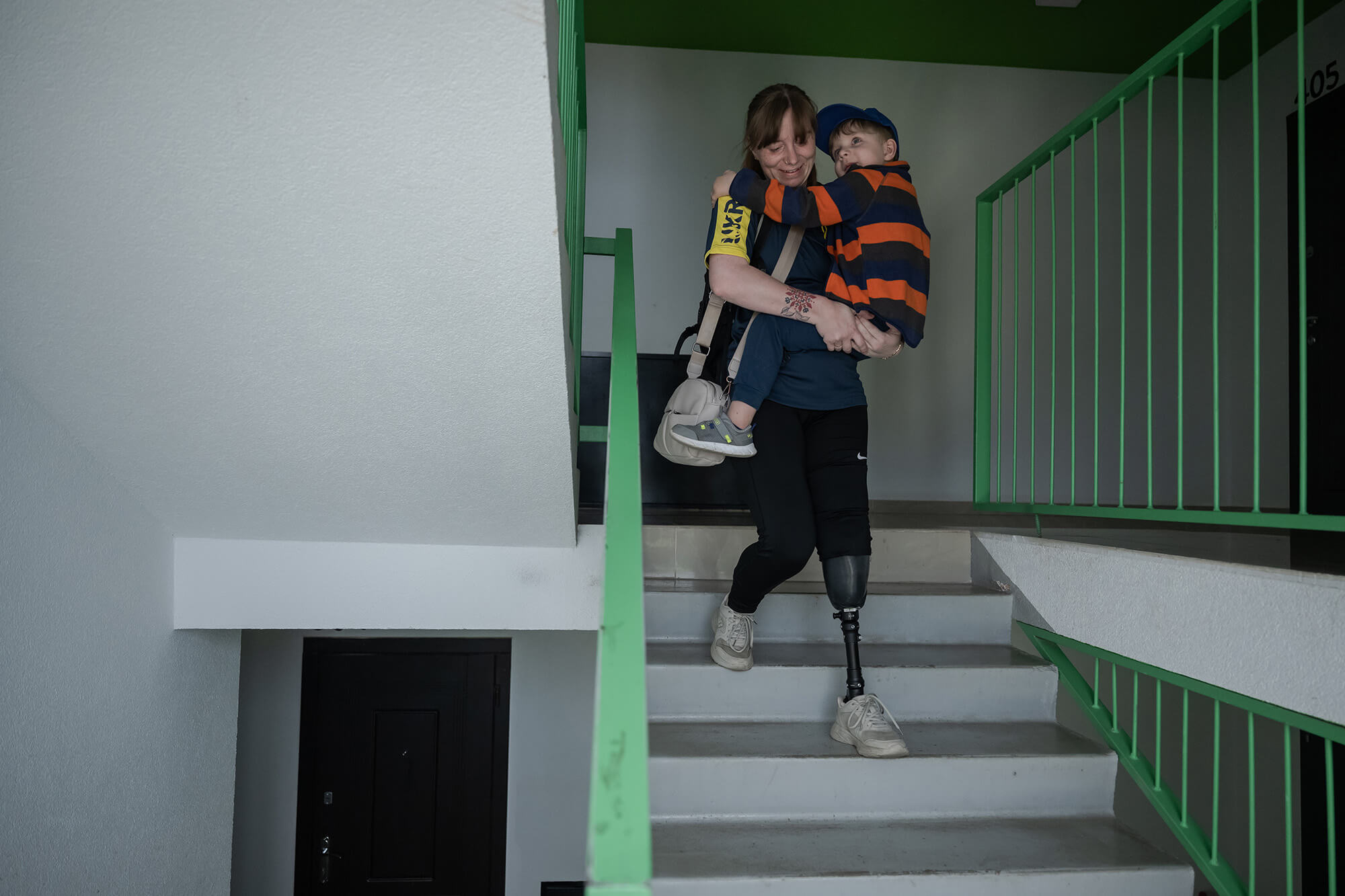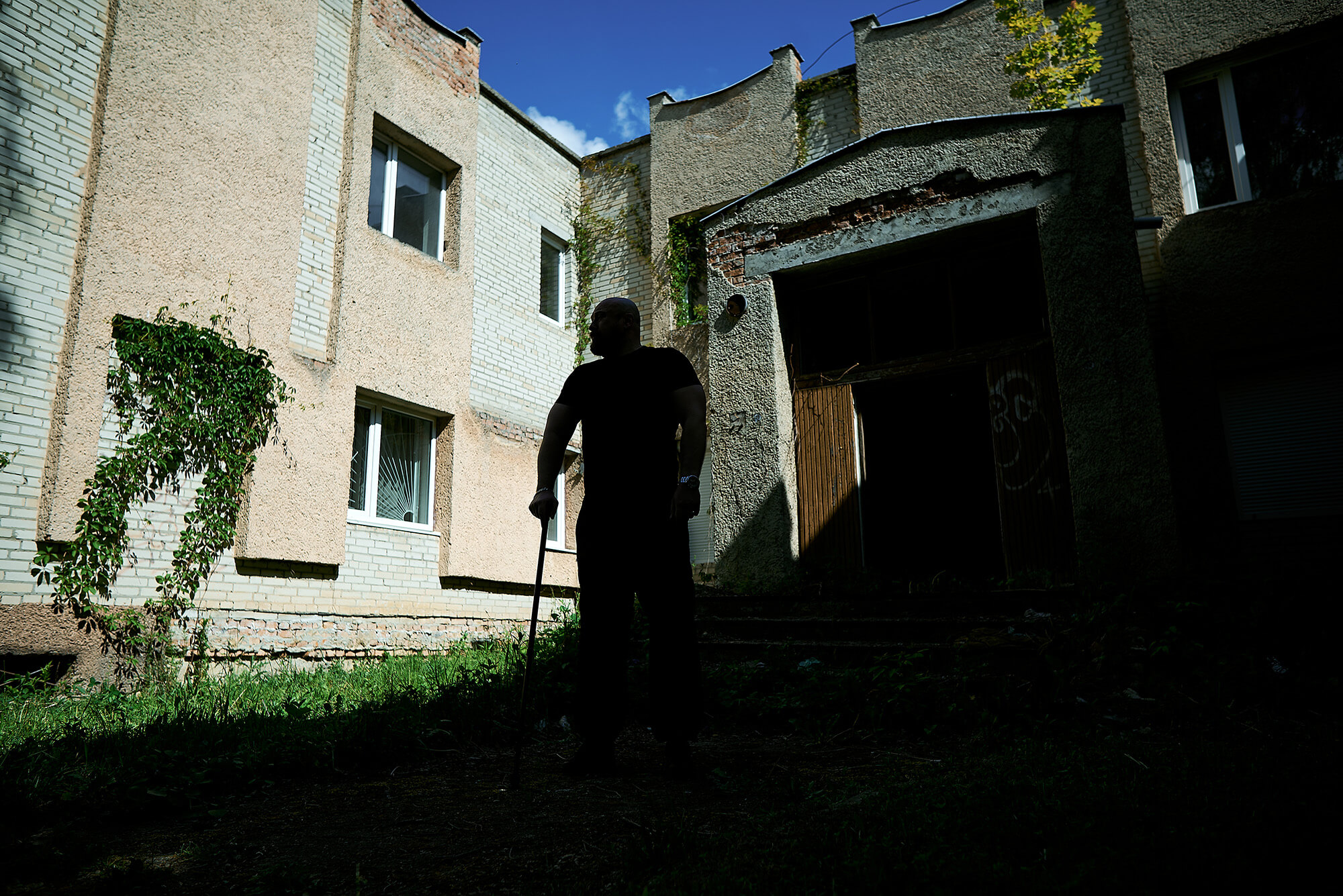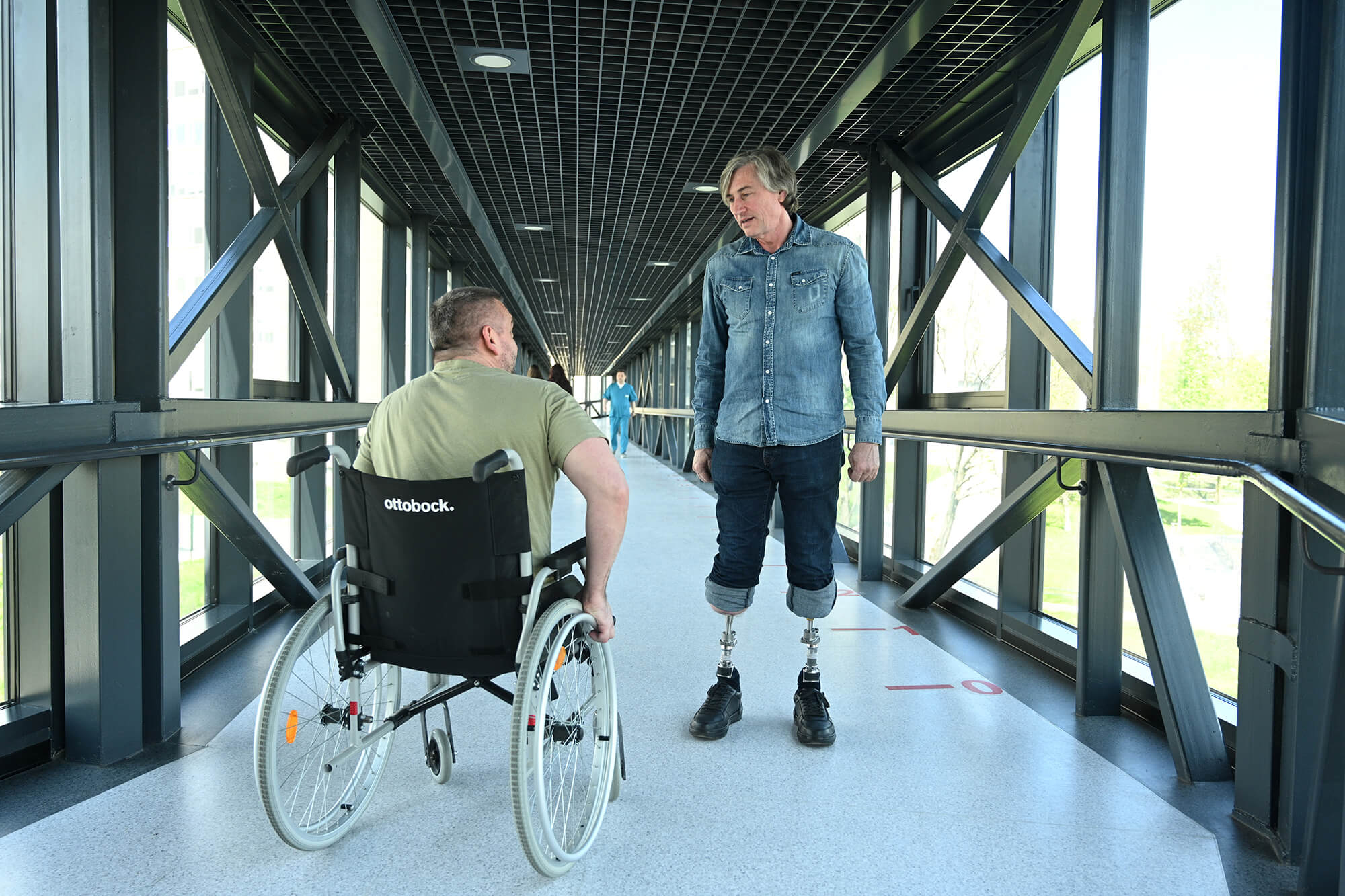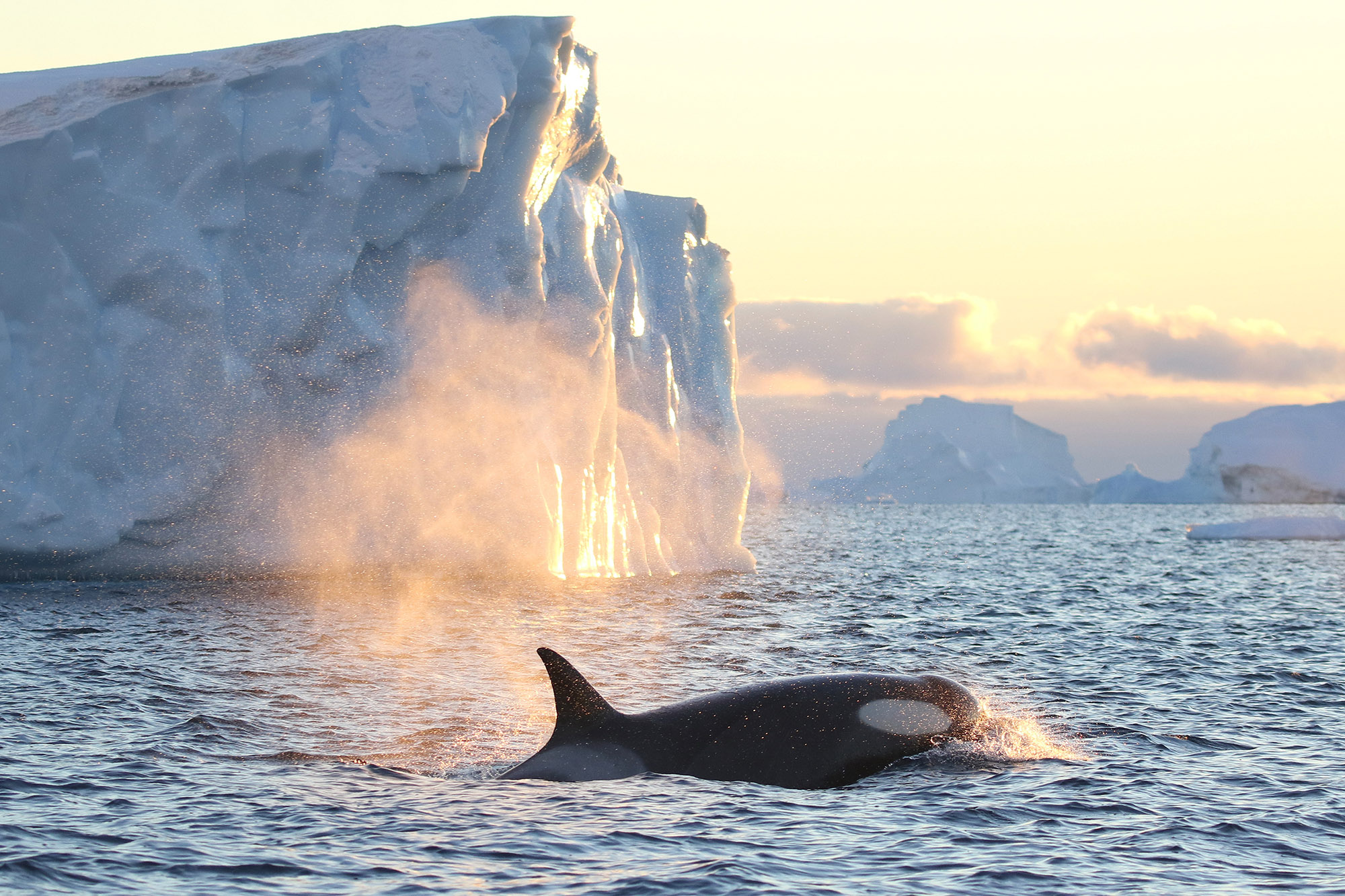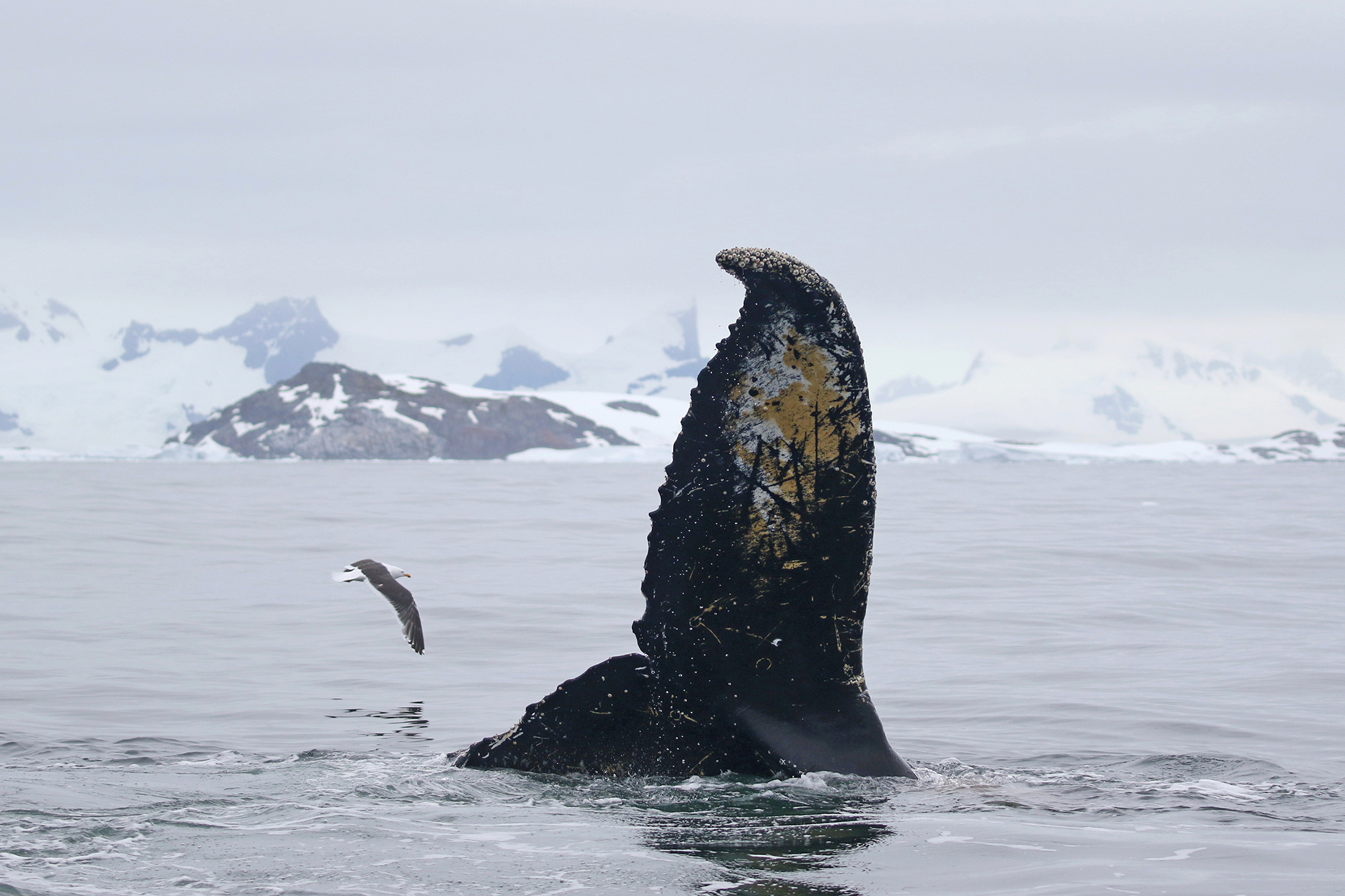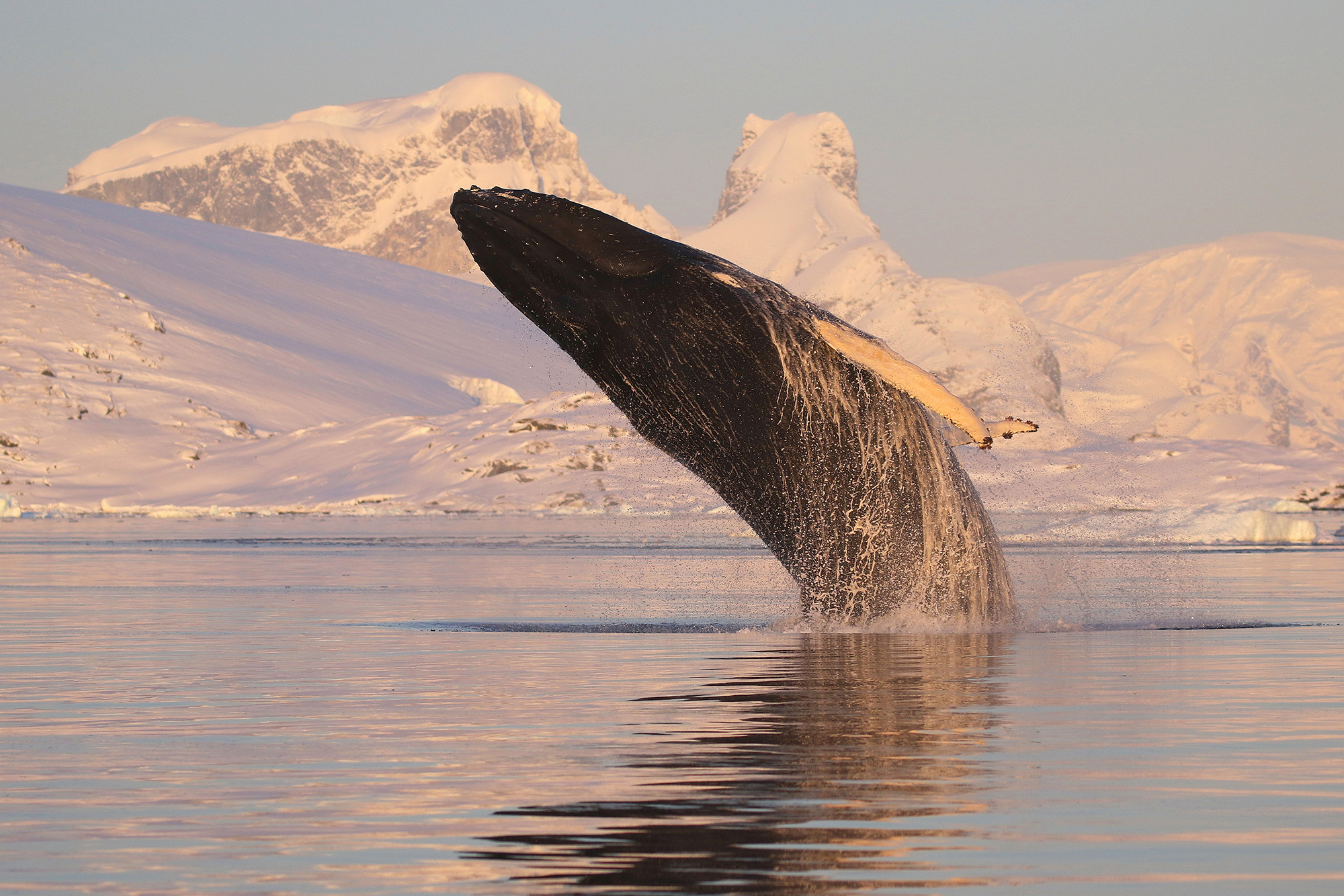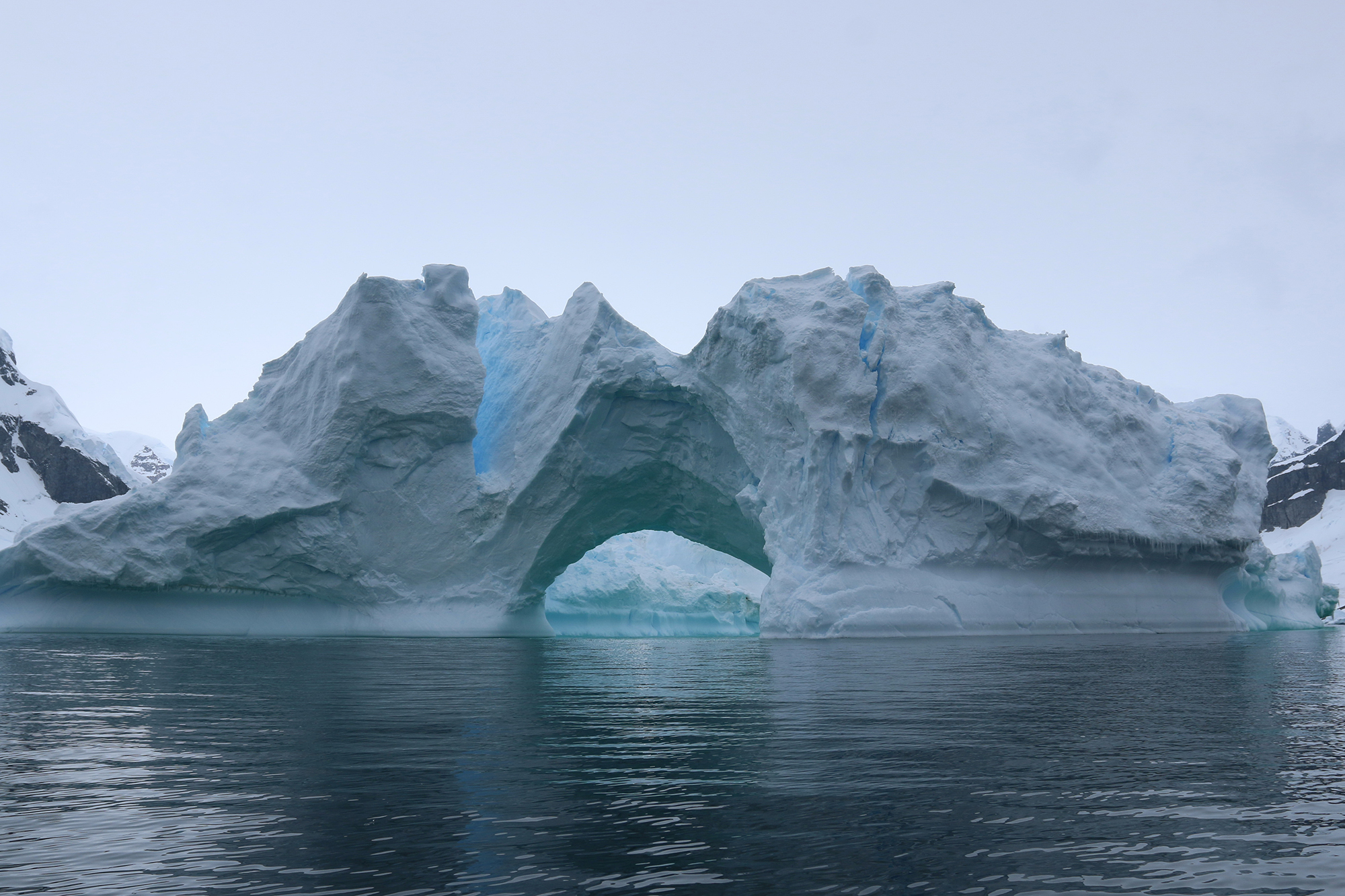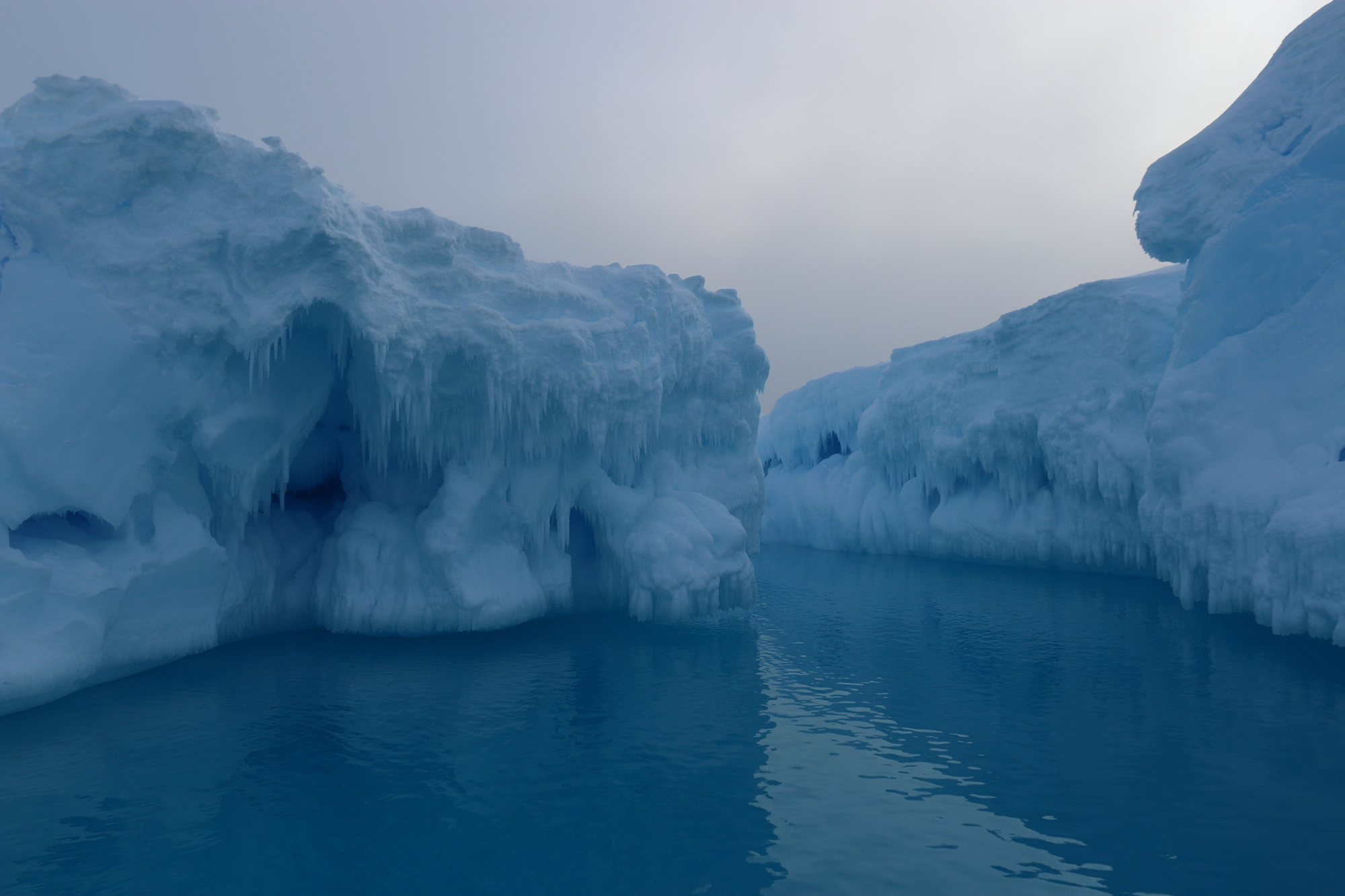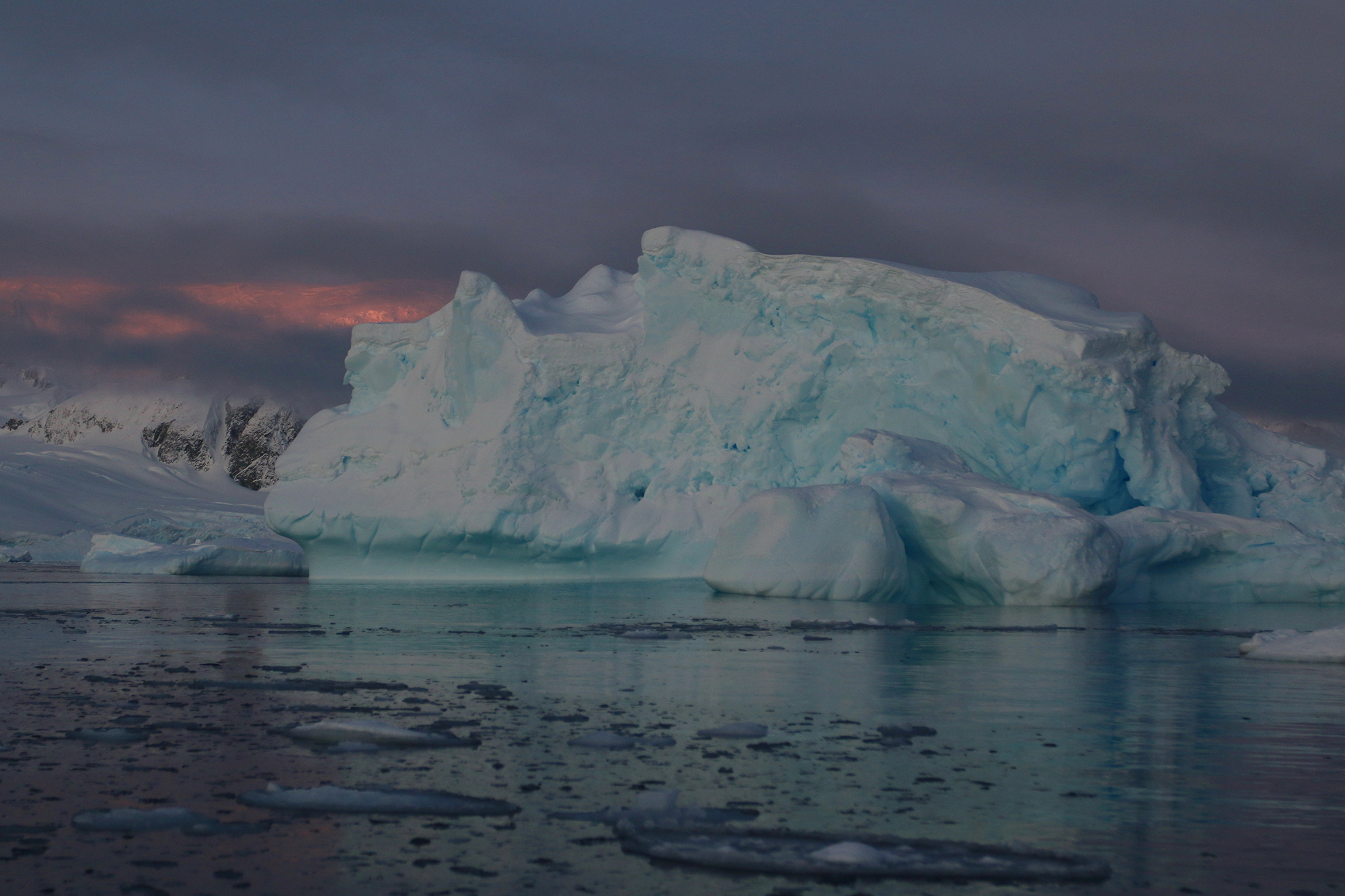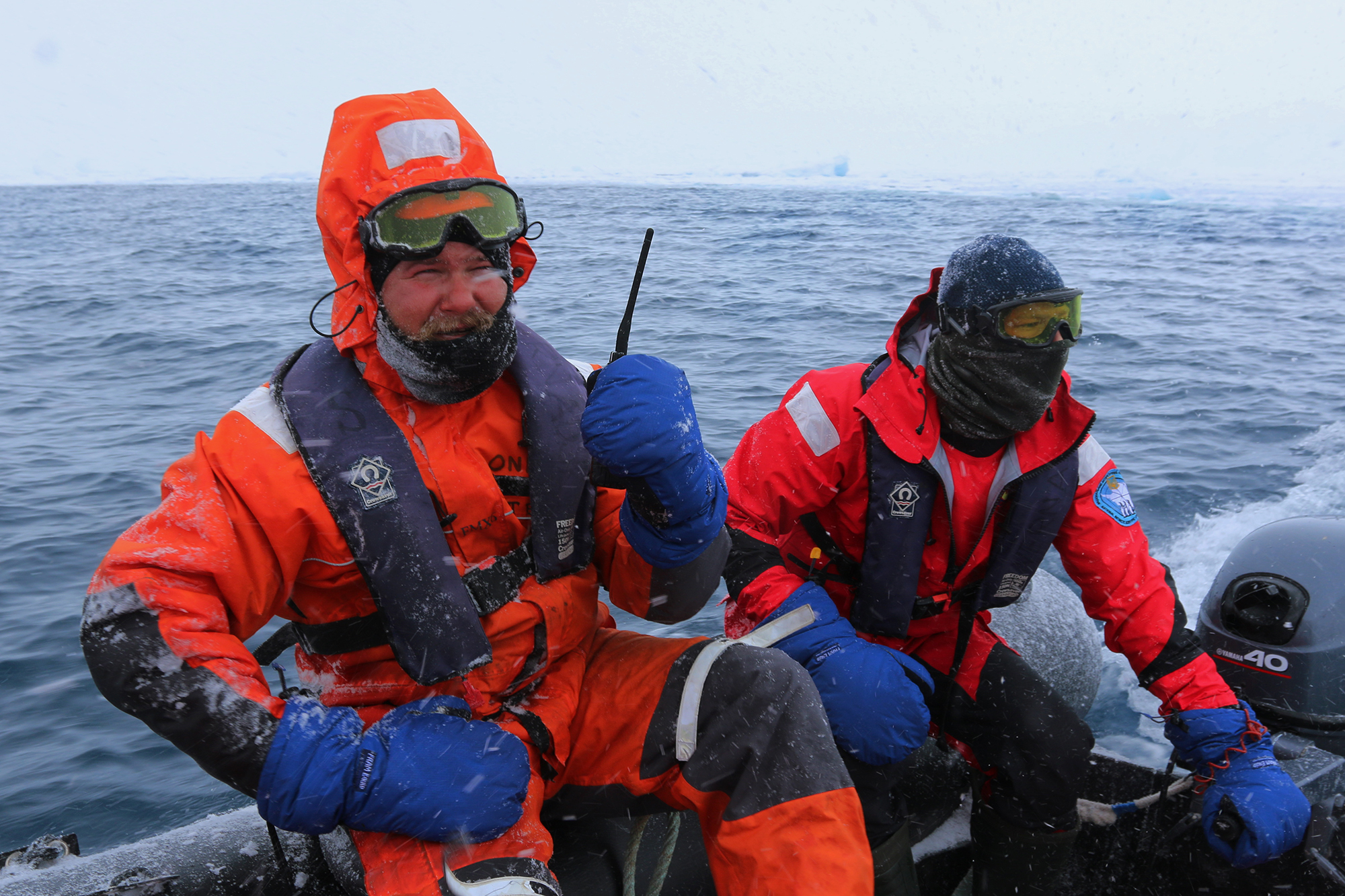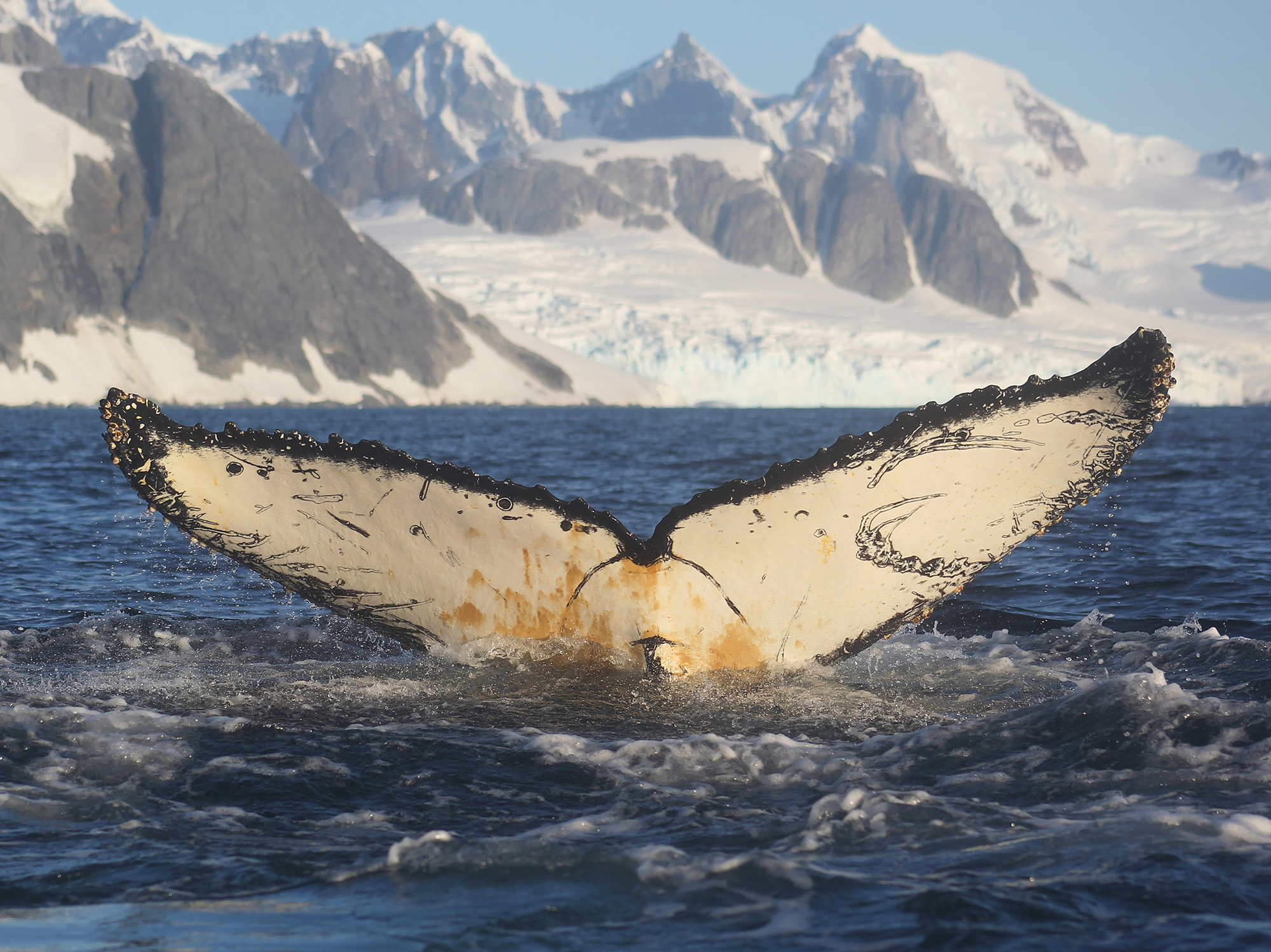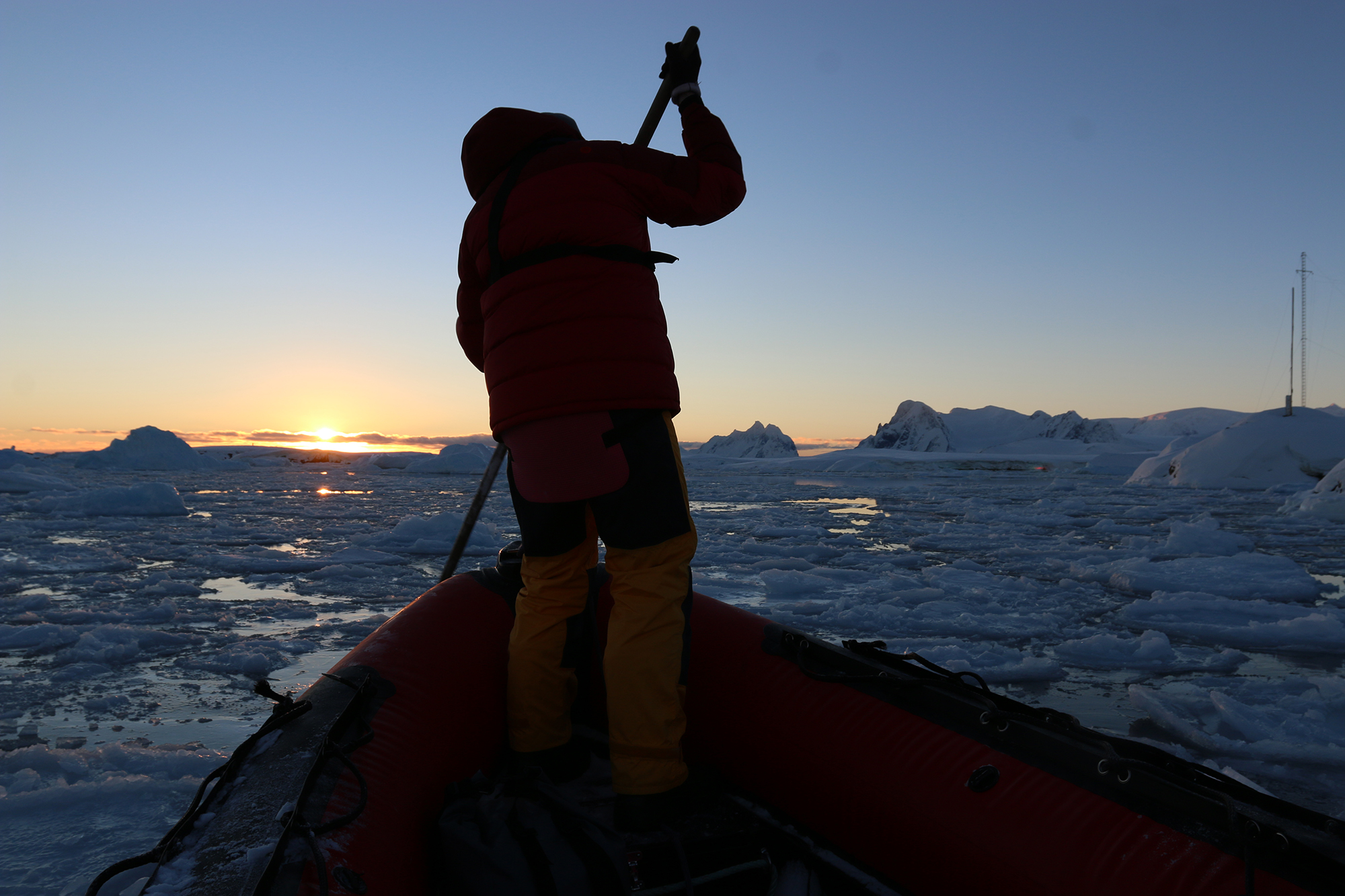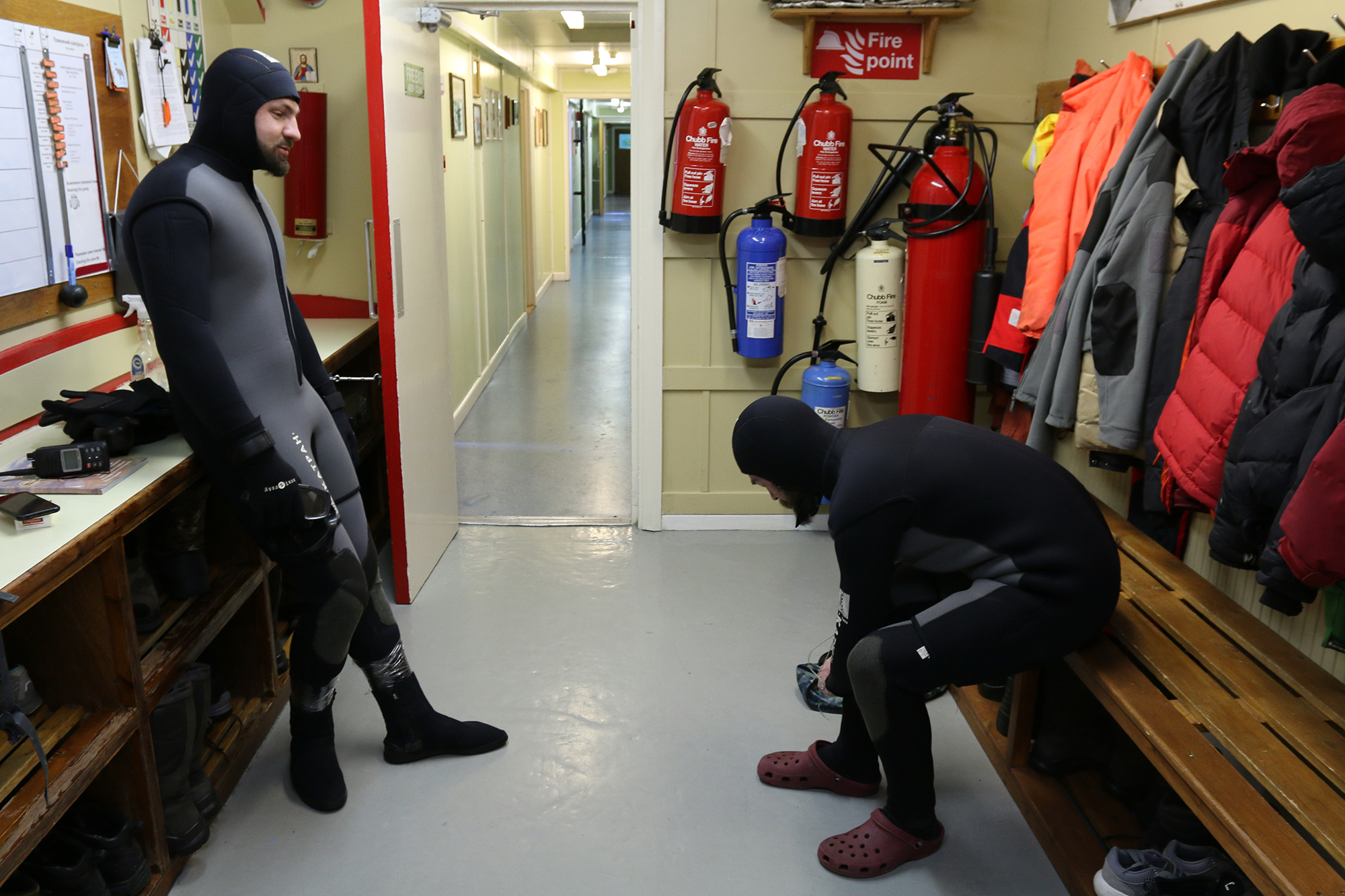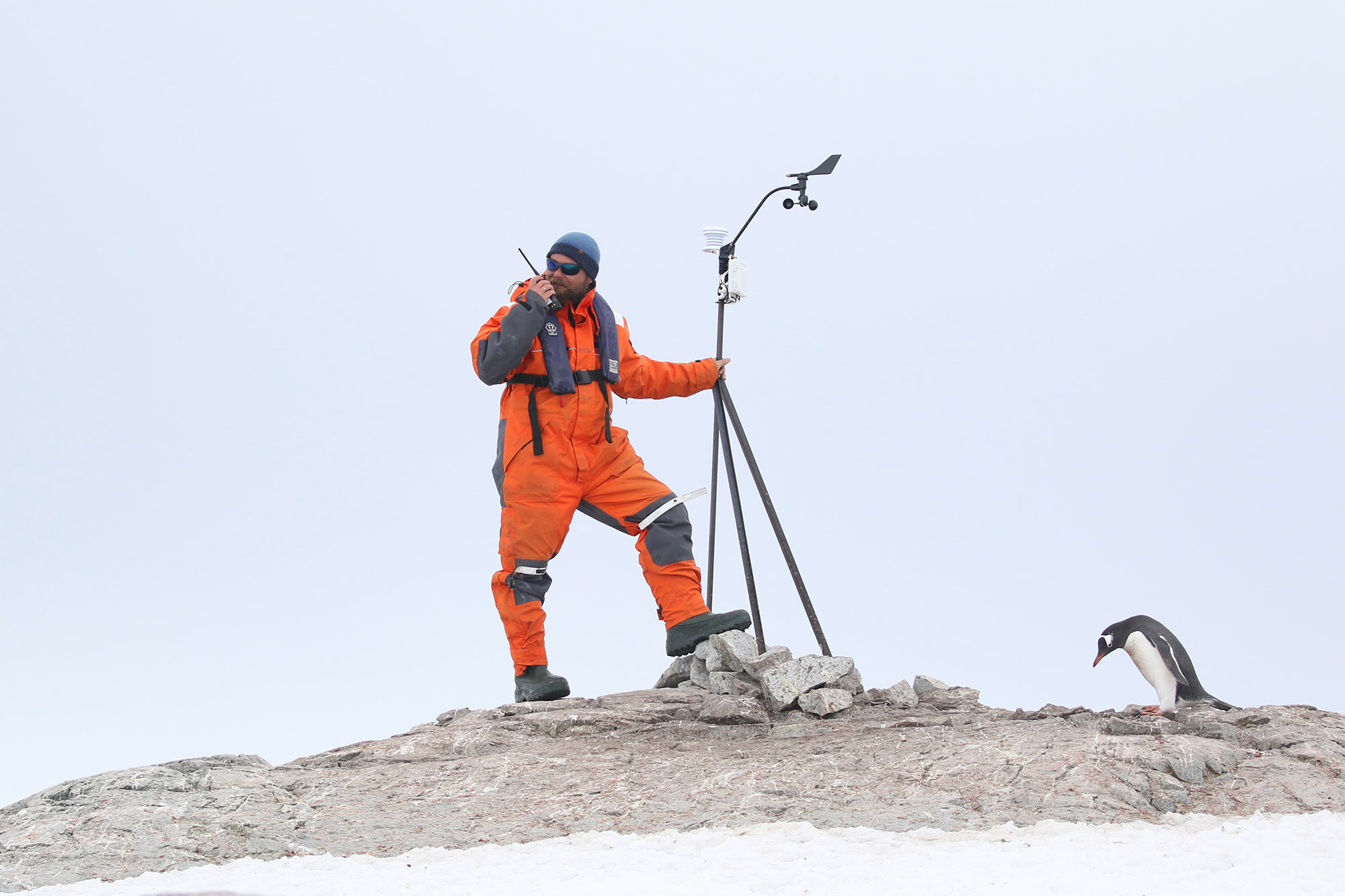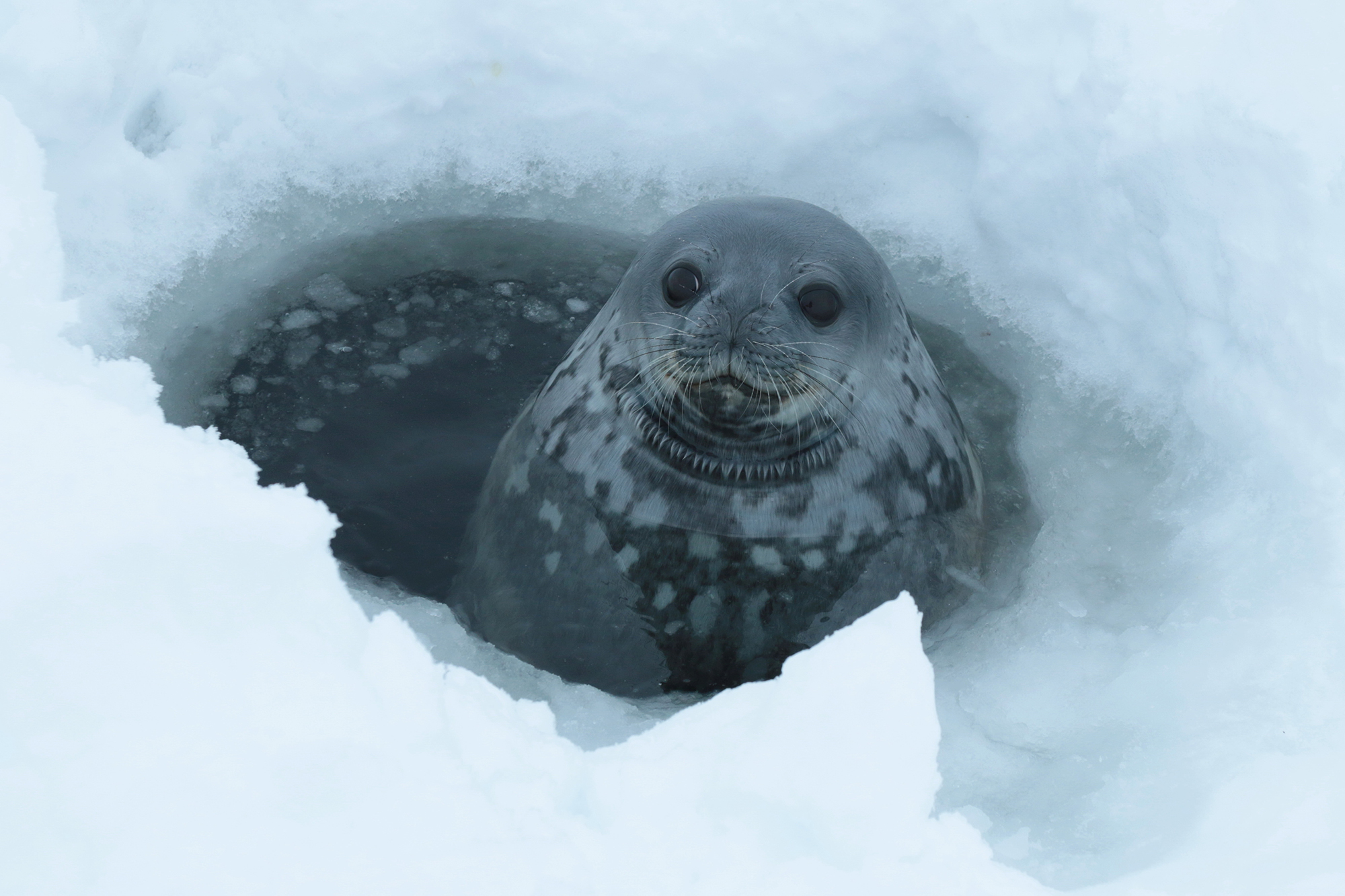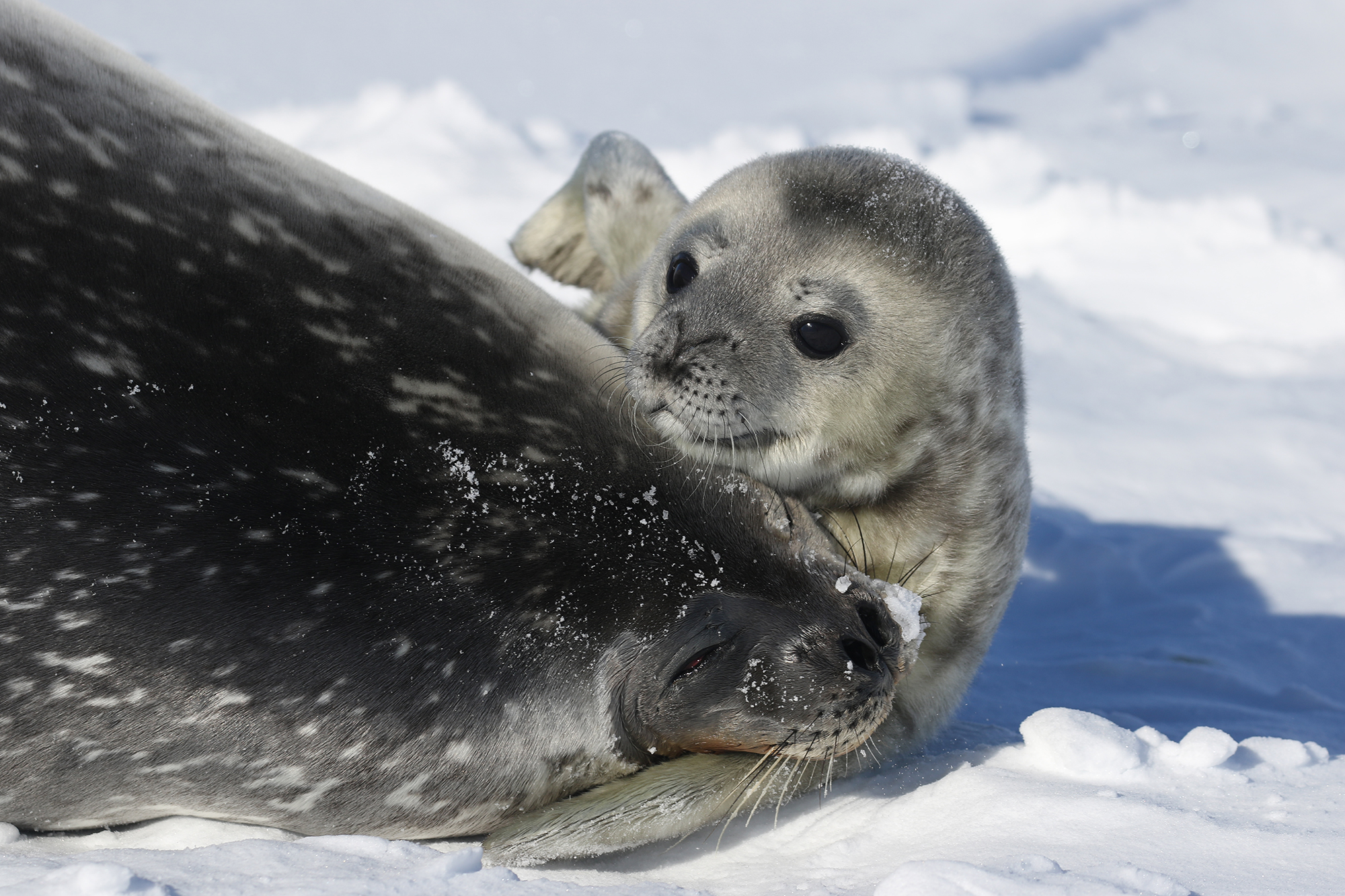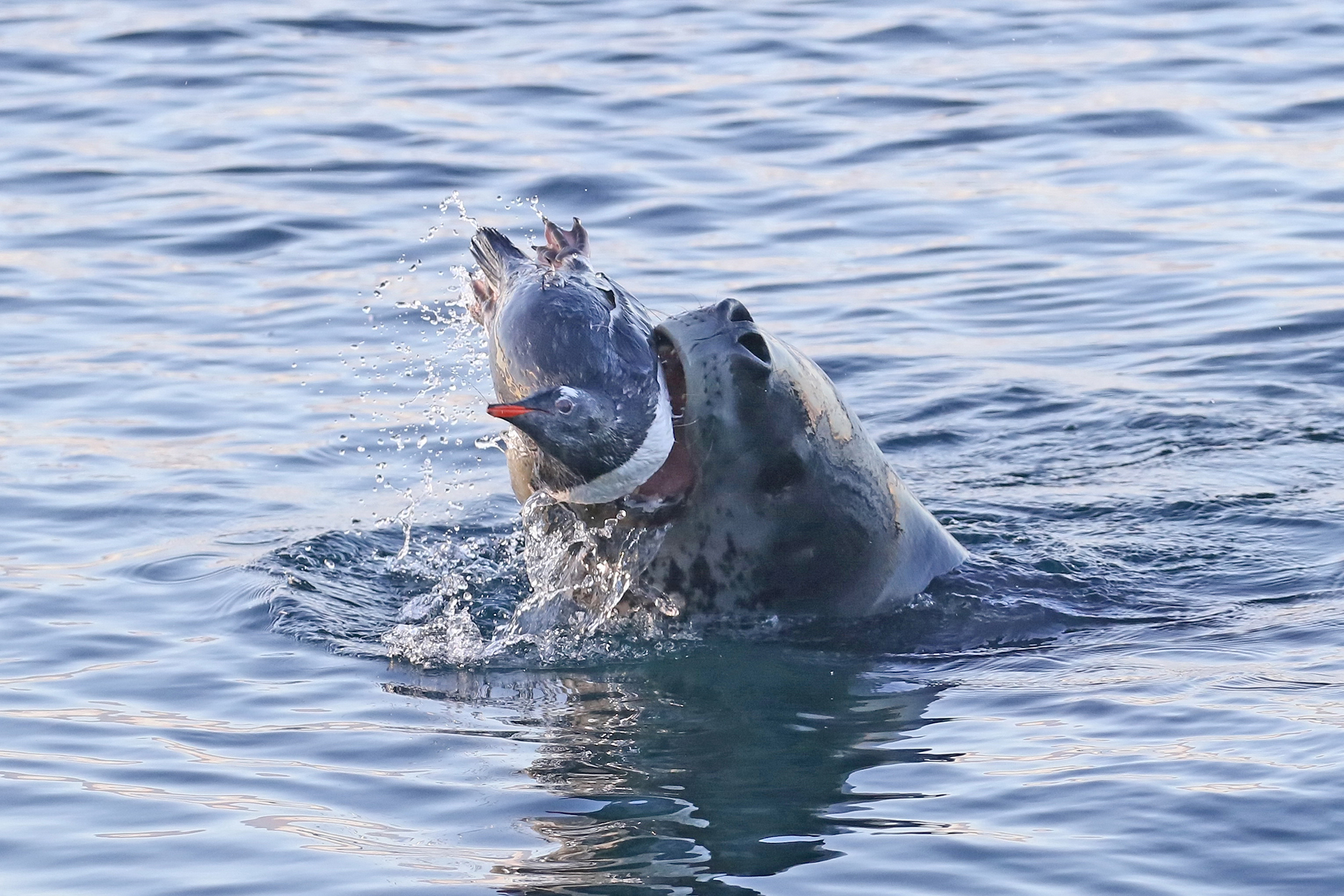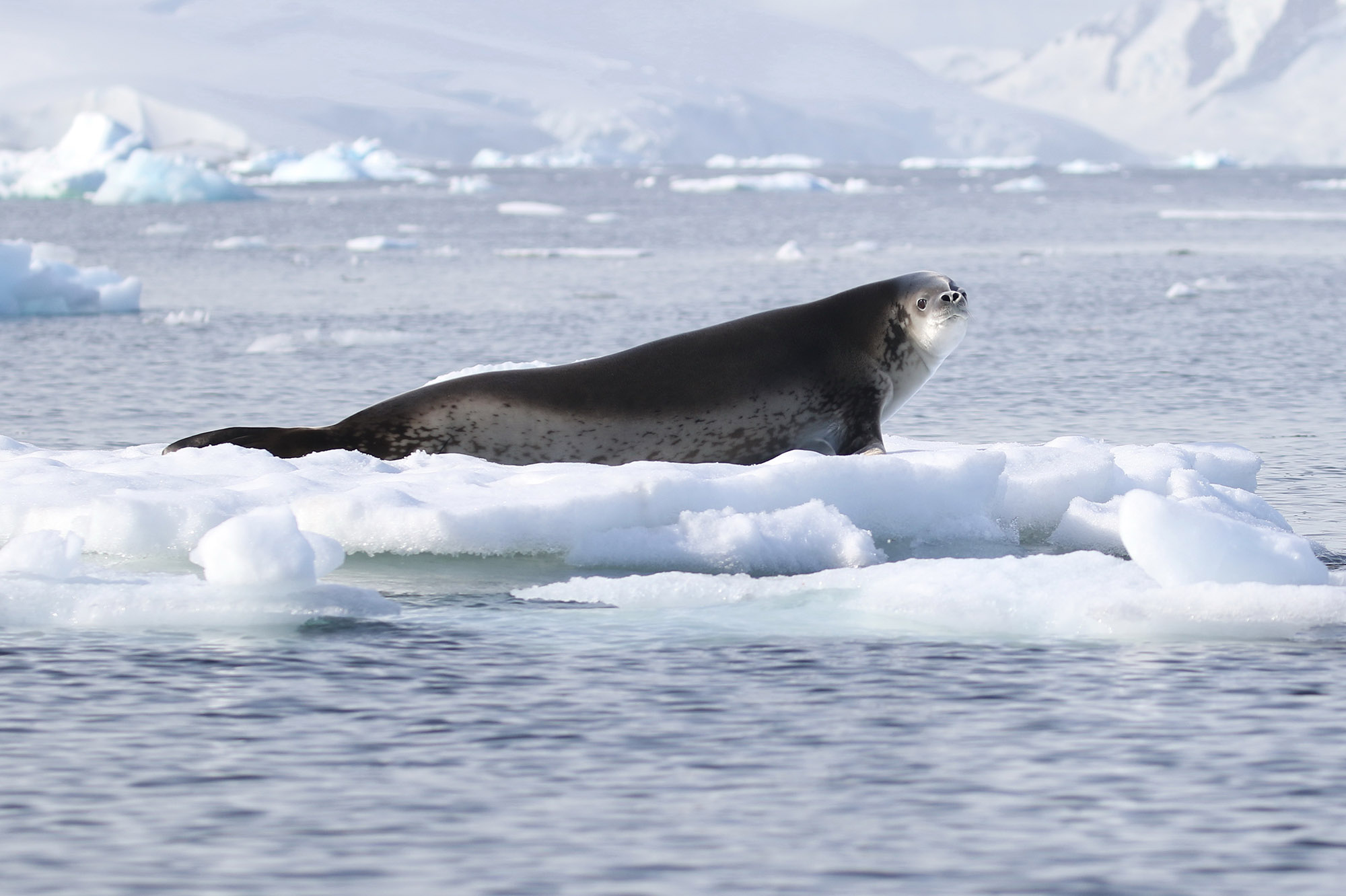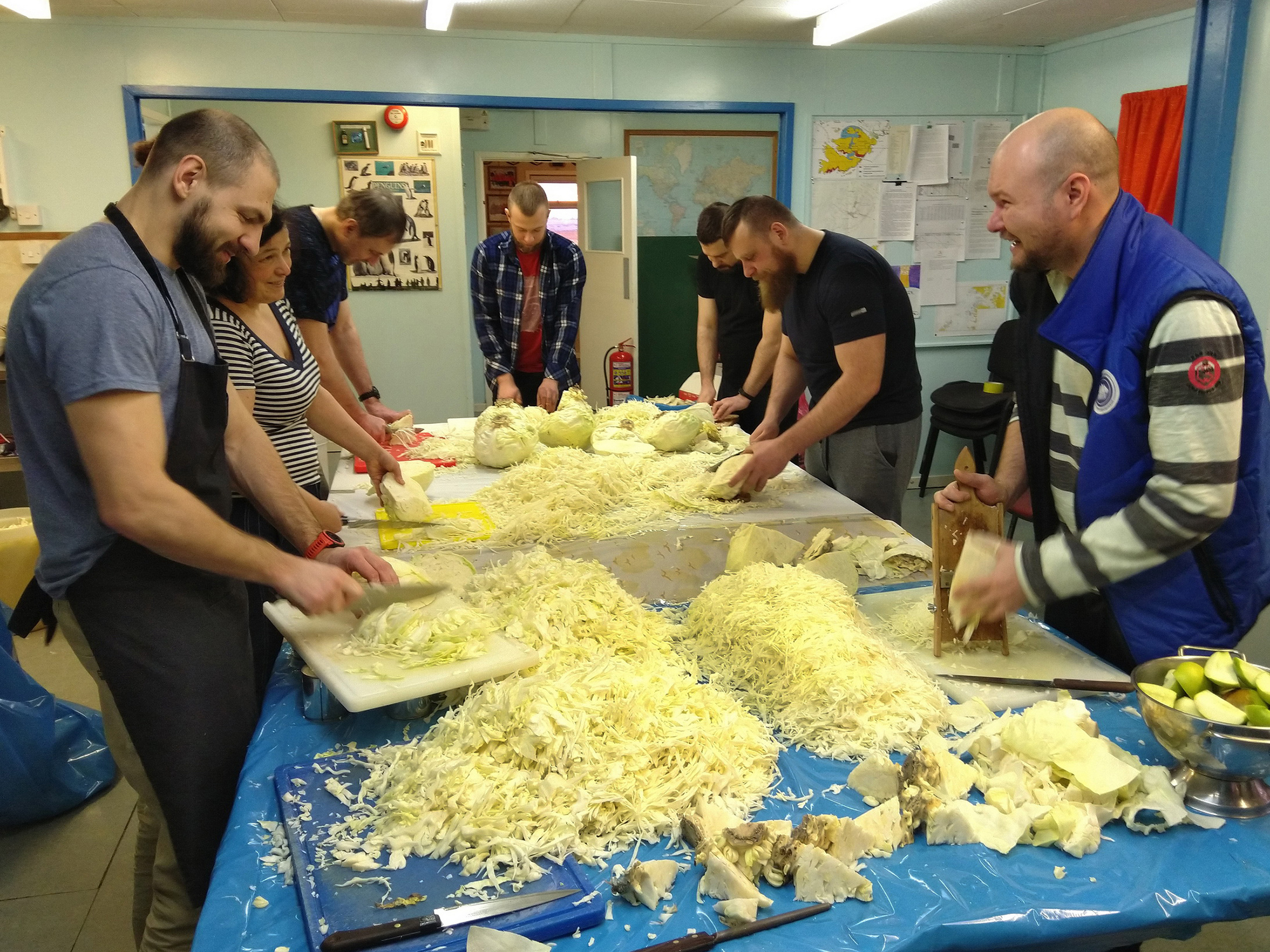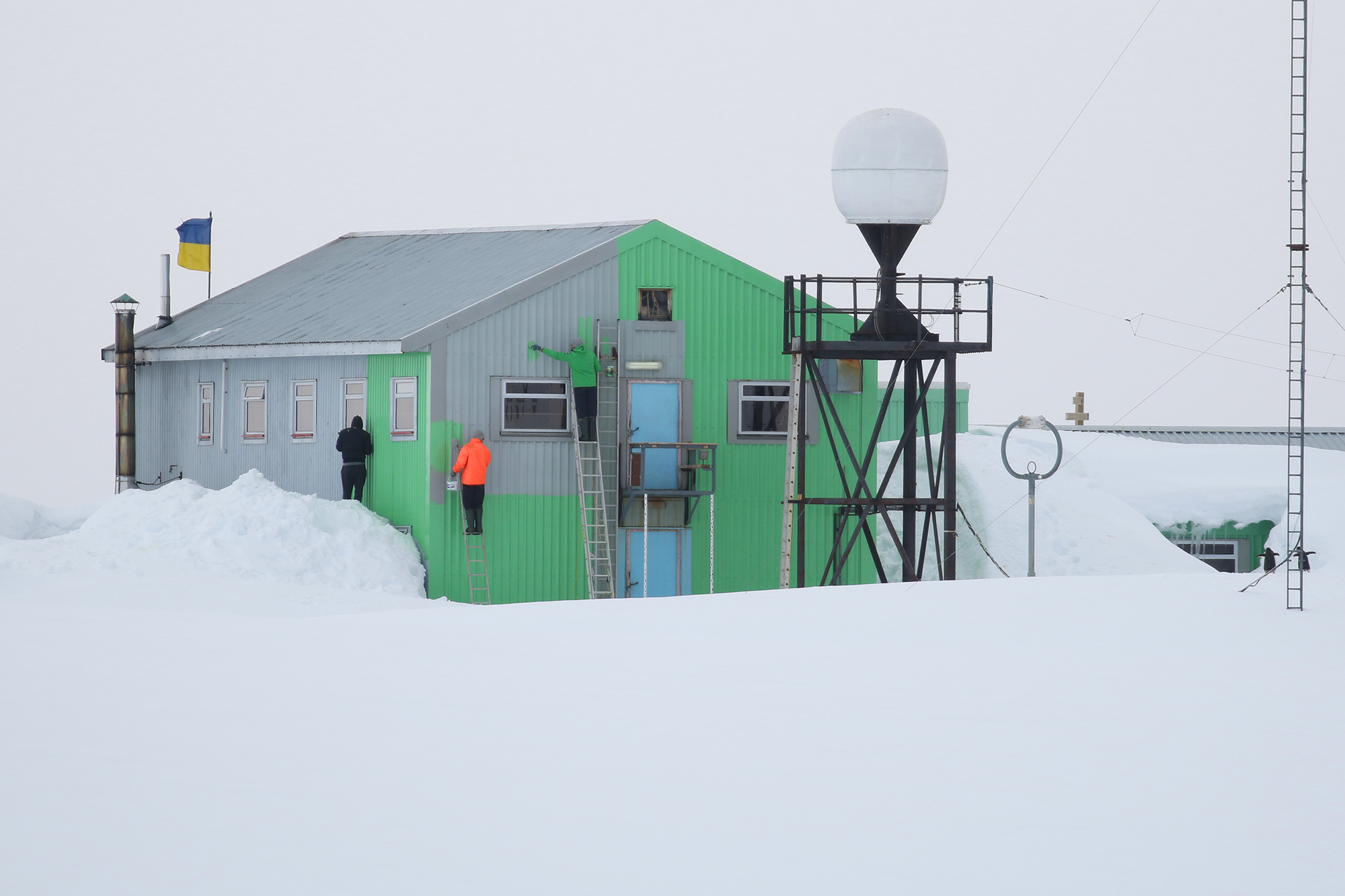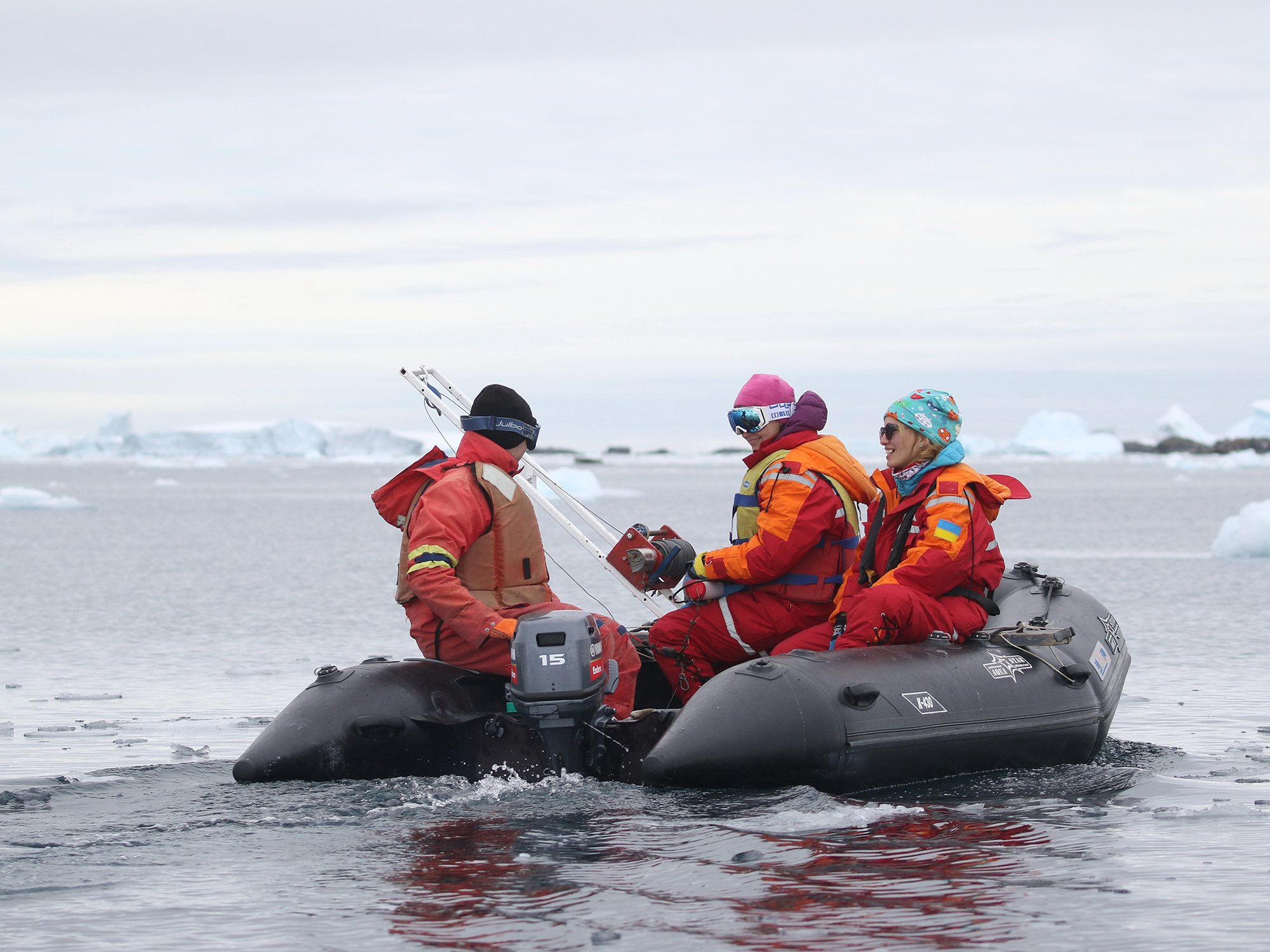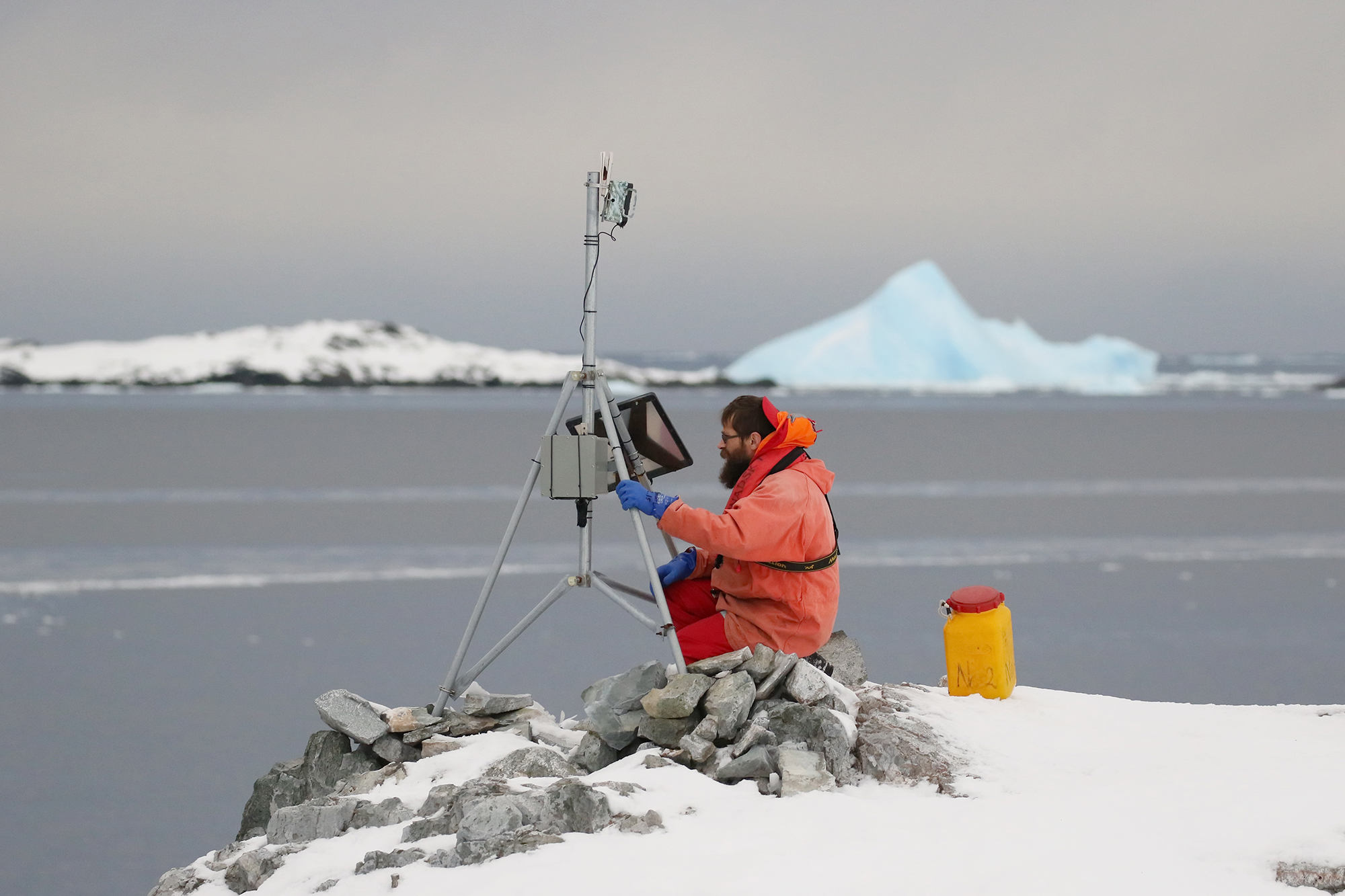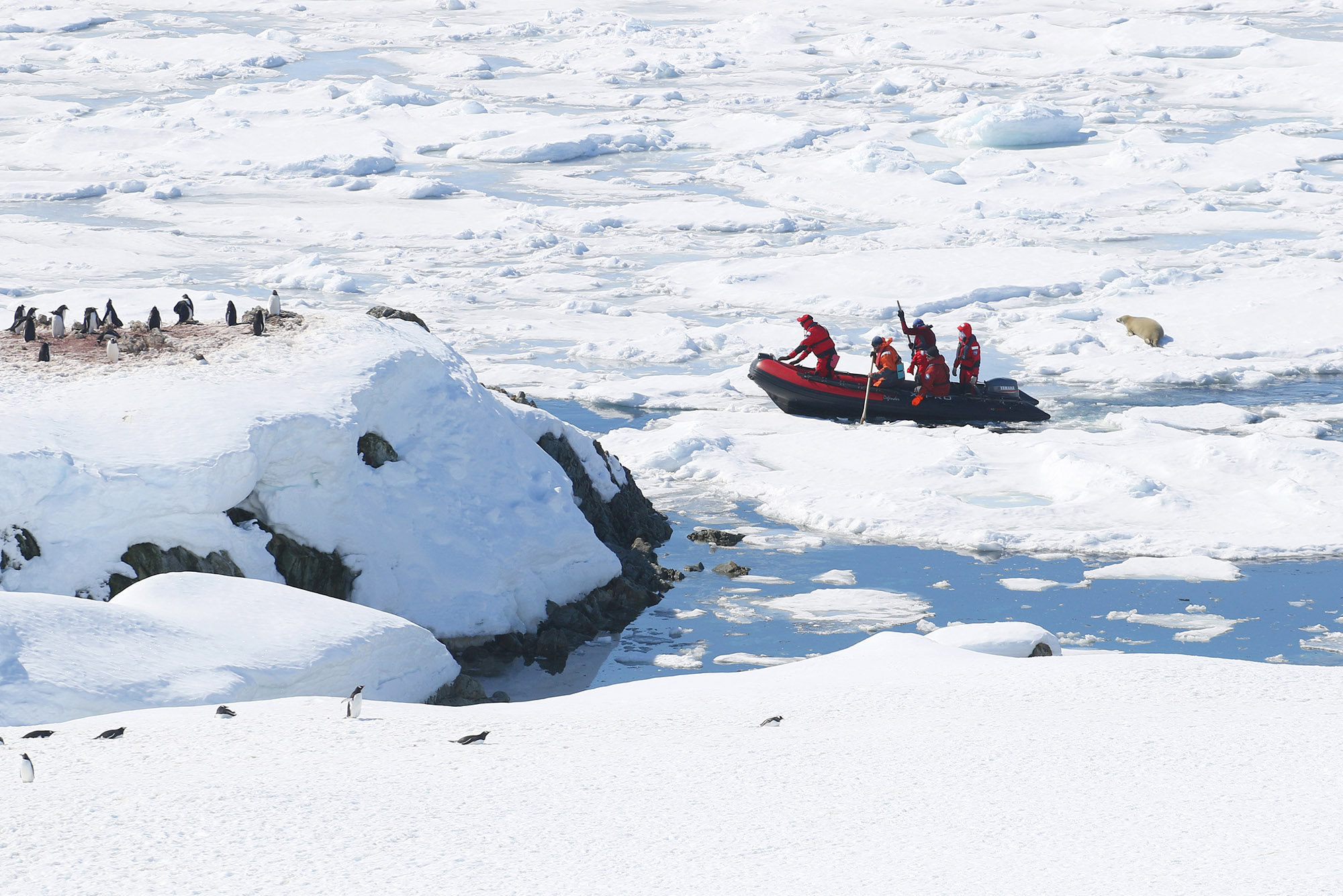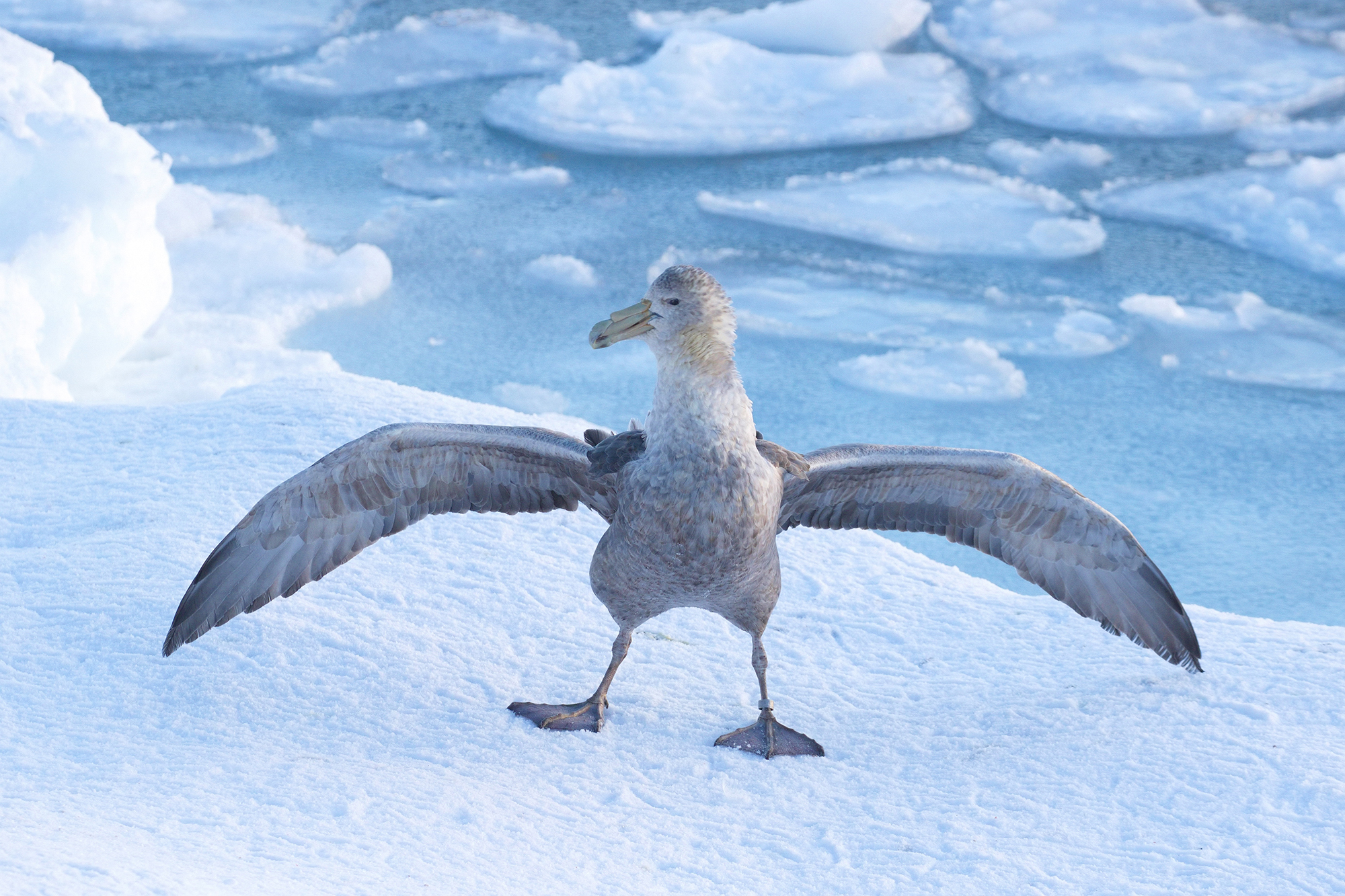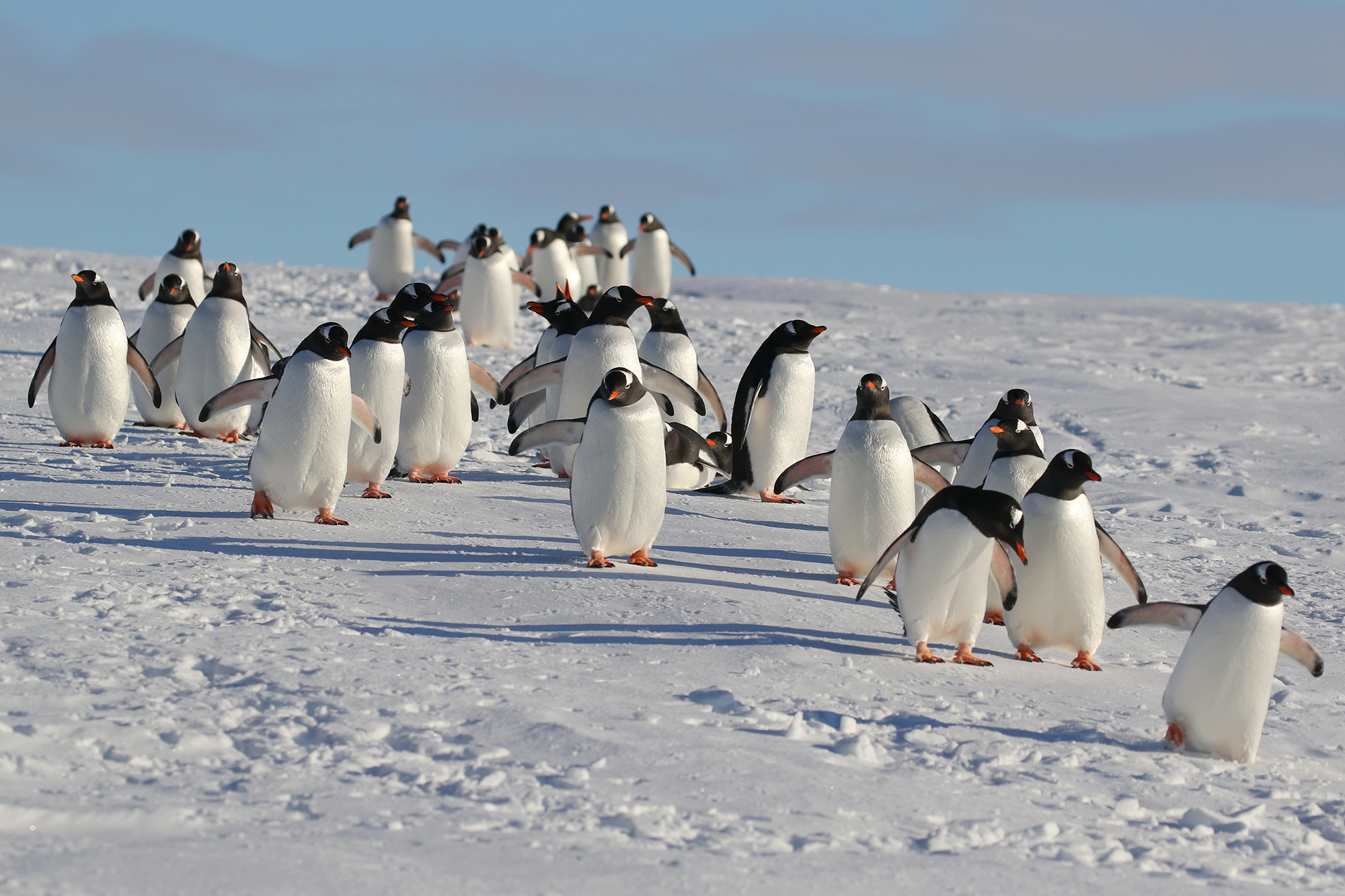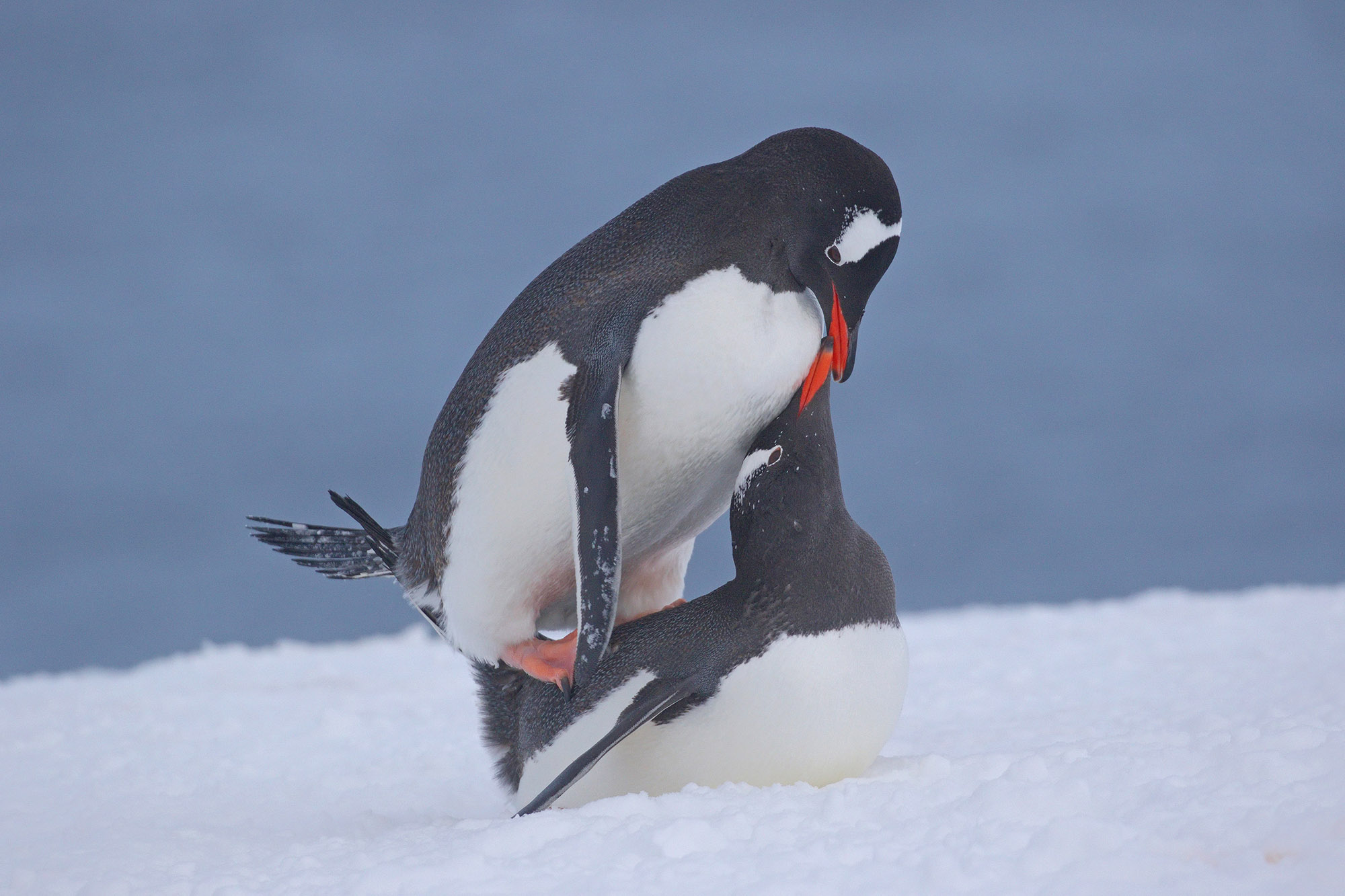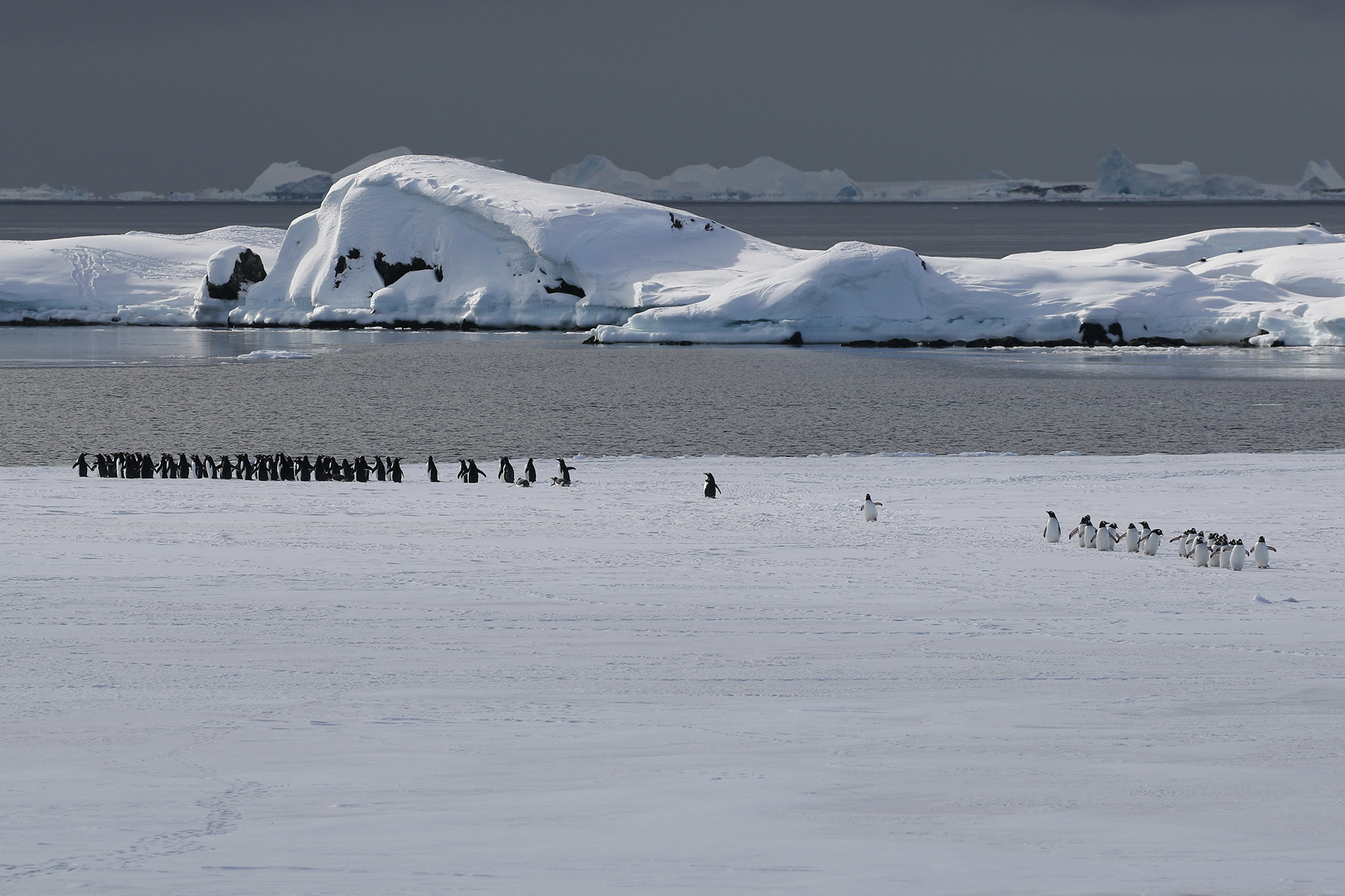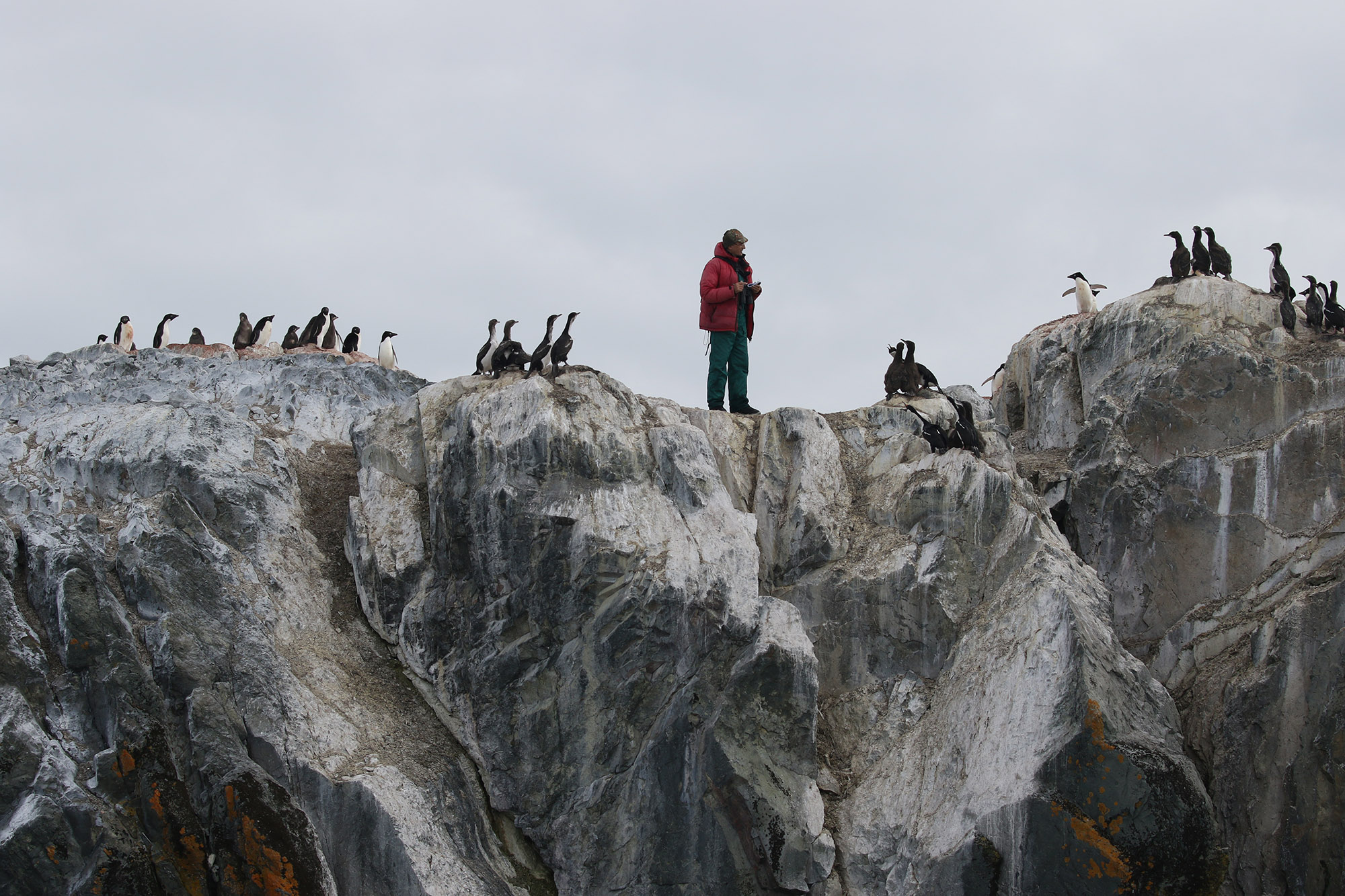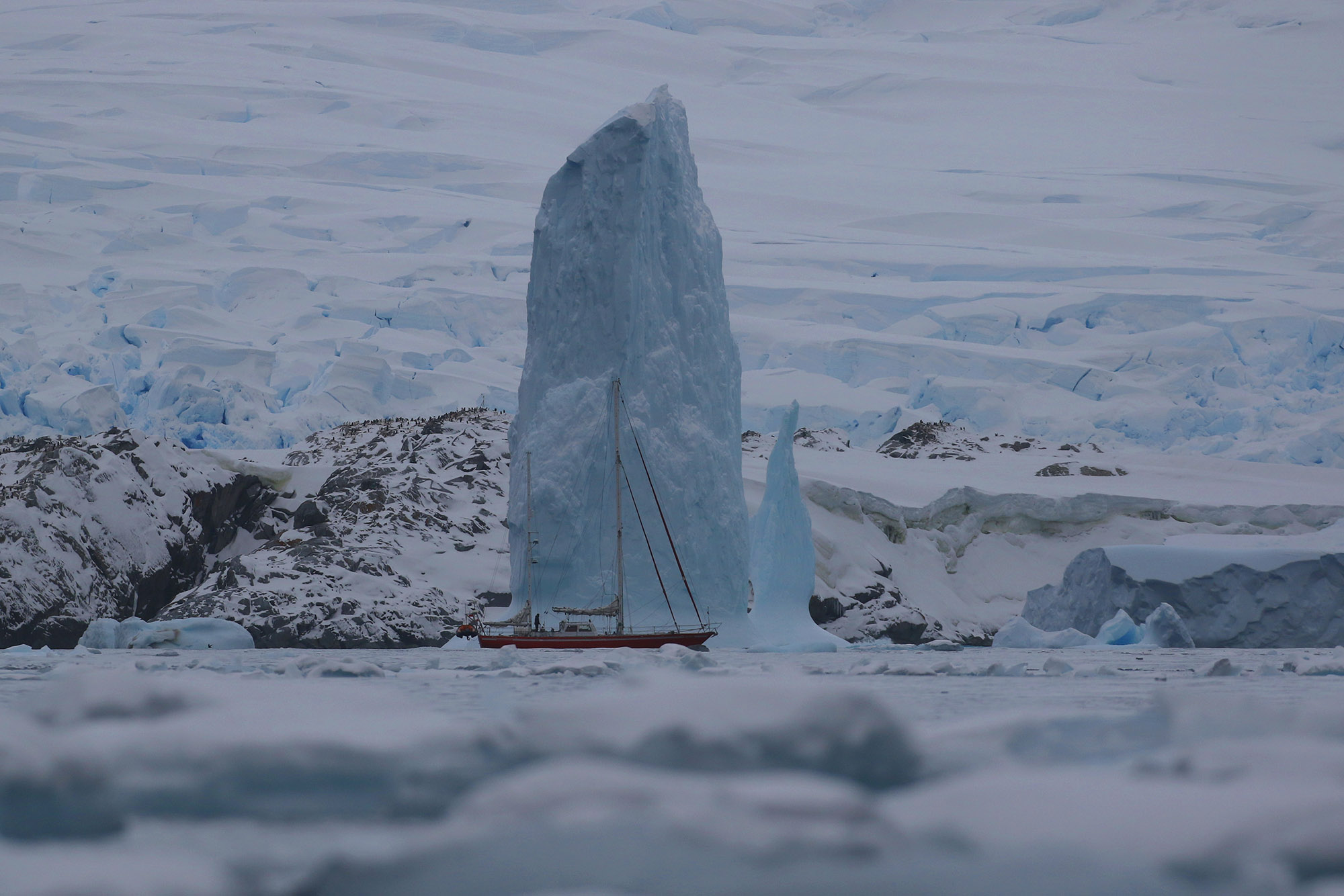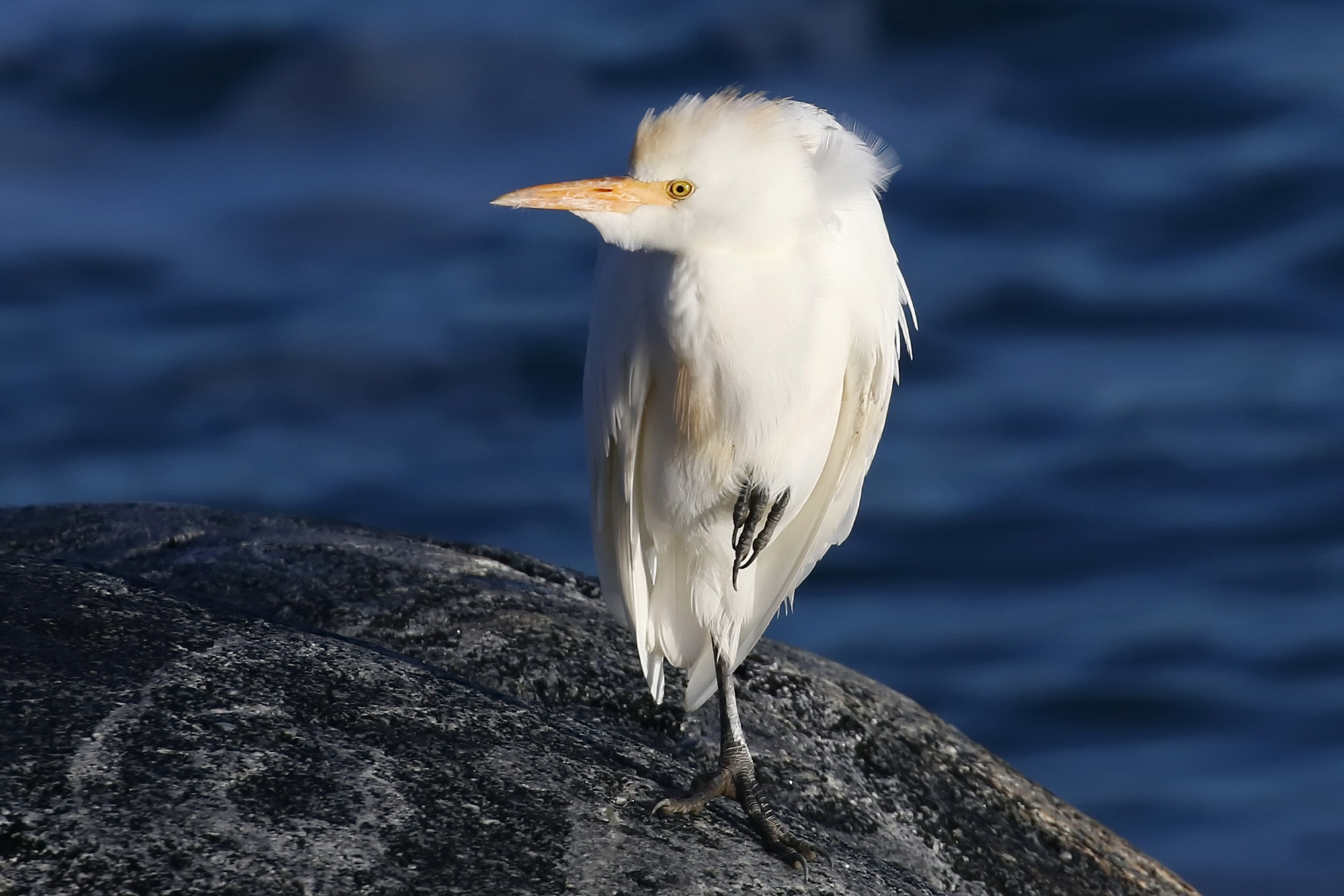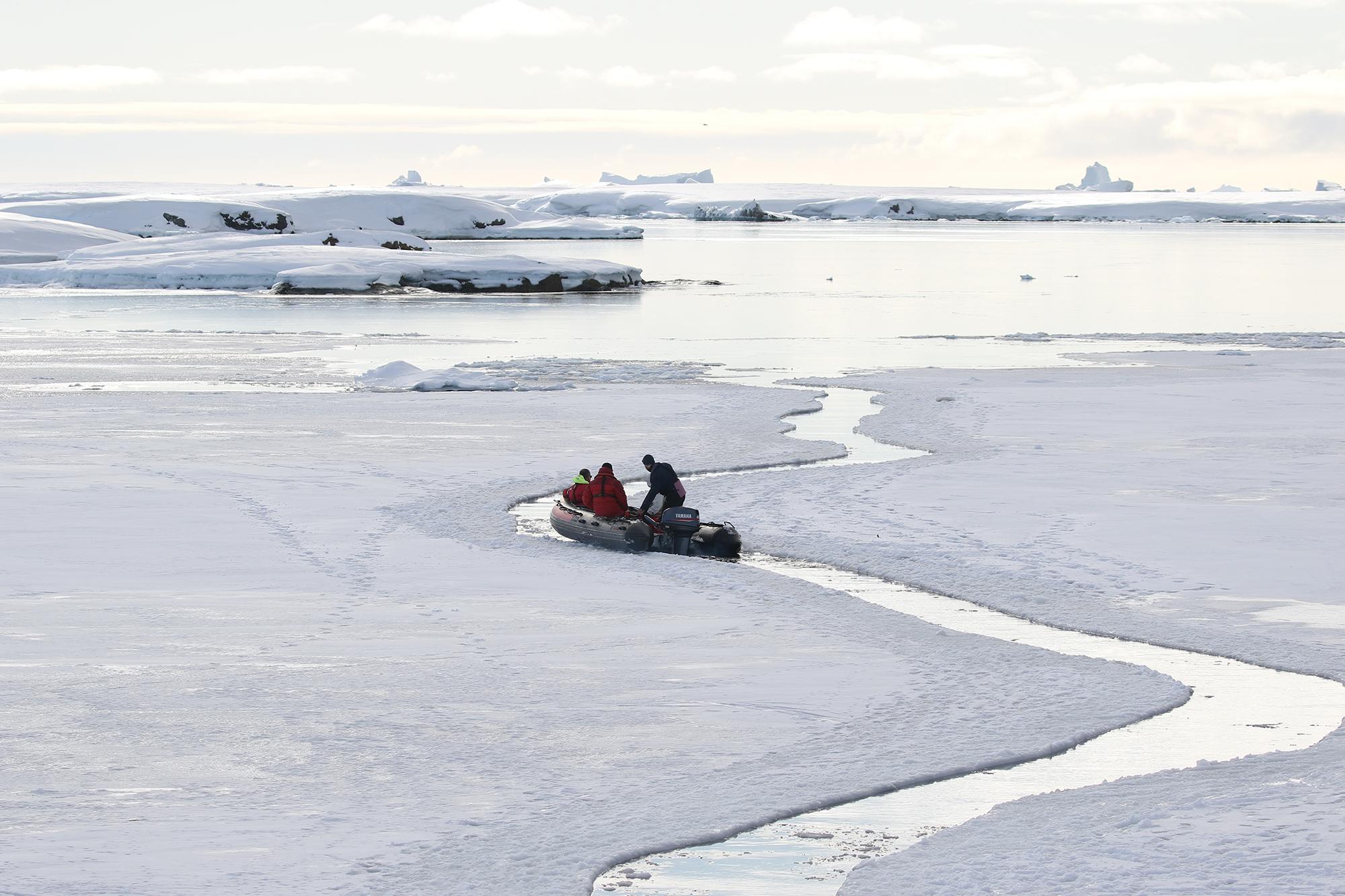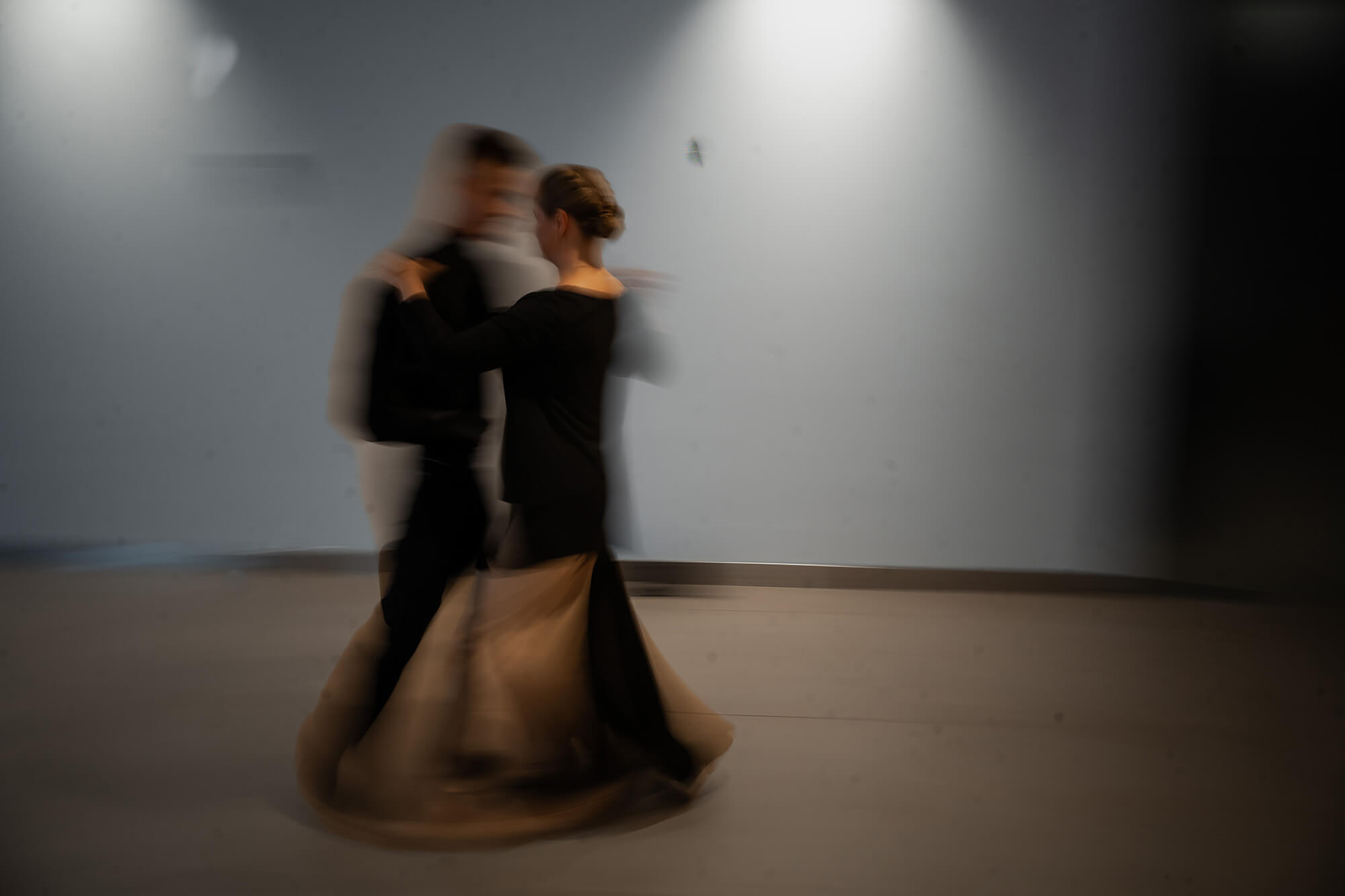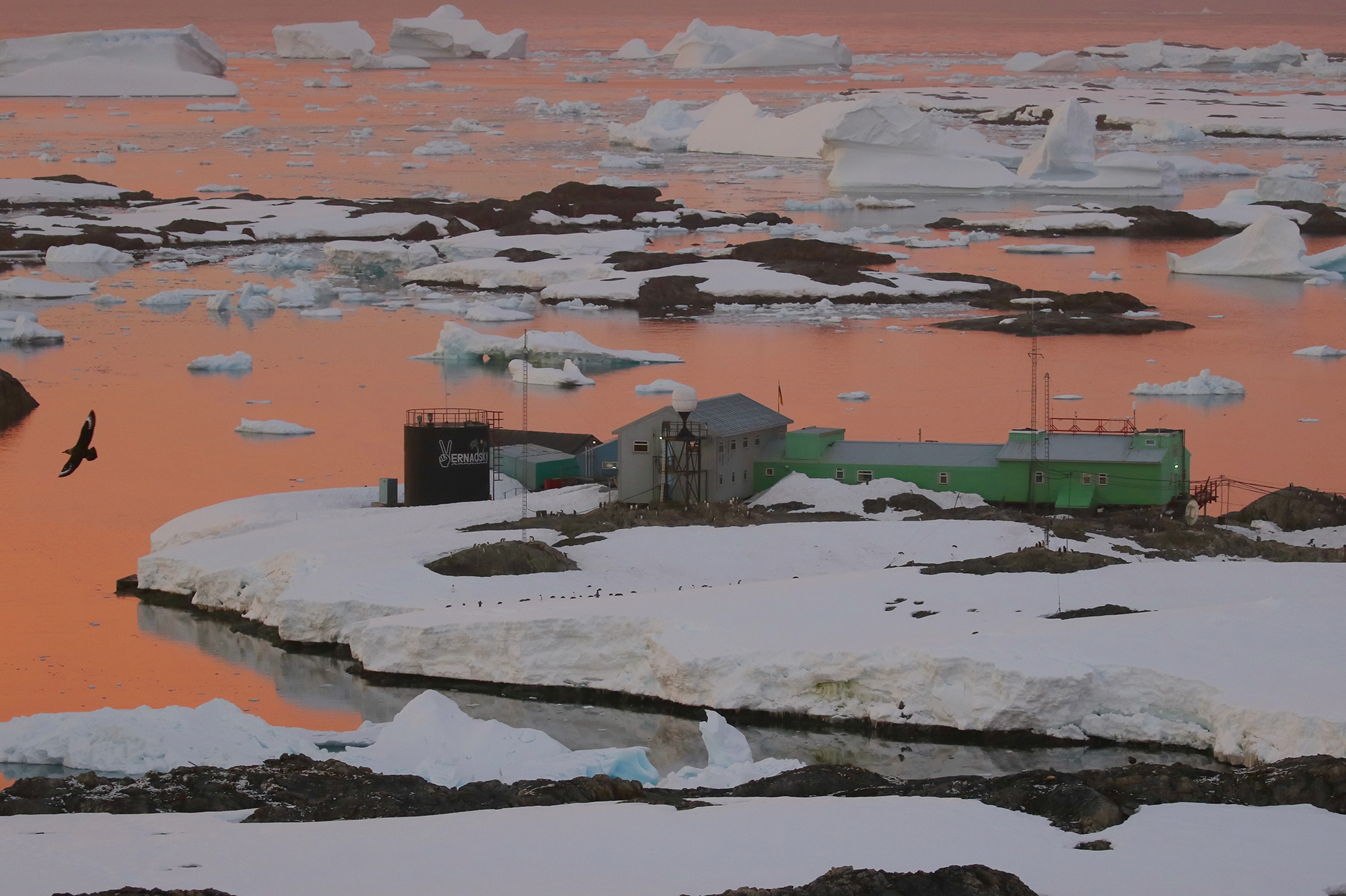
Ukrainian Antarctica. Photo report
Ukrainian polar explorers have been studying Antarctica for over 25 years. During this time, they have achieved significant results: discovered an asymmetry in the distribution of ozone over Antarctica, recorded the location of a tectonic fault on the peninsula, created a geodynamic network to explore the region, and much more. Scientists still have a lot of work to do—from studying the movements of glaciers to the space research which can be carried out from Earth only there, in Antarctica.
To get to the Ukrainian station Academician Vernadsky, every year scientists from all over Ukraine submit their research proposals to the National Antarctic Research Center. After that, they have to pass many difficult tests, and, finally, some of them are awarded the opportunity to go to the station: to carry out short seasonal studies or for overwintering—as they call expeditions lasting about a year.

Marine mammal scientist Oksana Savenko is one of those who reached the South Pole. In 2018, the biologist was lucky enough to be accepted to Academician Vernadsky for the first time—previously she studied dolphins in the Crimea and seals and whales in Kamchatka, the Kuriles and Sakhalin. On her second visit, Oksana came to Antarctica for overwintering. The expedition lasted 15 months. During this time, the scientist managed to conduct the first baseline monitoring of whales and seals and develop a program to study them, as well as begin a collaboration with scientists from the US Palmer Station (closest to Academician Vernadsky) to jointly study mammals in the region. She also made the first steps to convince skeptical colleagues that there was a place for female scientists in Antarctica: Oksana was one of the first women at the station in its 22 years of operation.
Oksana captured the everyday life of Ukrainians in Academician Vernadsky and the representatives of Antarctic fauna for whom she crossed the globe in her photo series:
“The days at the station vary—the weather in Antarctica is unpredictable. But when there are no storms, my colleagues and I take a boat out to the ocean to go whale watching. Such days are especially valuable in winter, when the water is not frozen over with ice. First we look out for whale fountains, then we approach the animals carefully and at a safe distance so as not to trouble them.
We take pictures of whales for international databases—this makes it possible for us to identify the animal when we see it again. Near the station, I saw a whale that had previously been photographed in Tongo, Oceania. Humpback whales come to Antarctica to feed and they breed in warm equatorial waters. No one had seen this whale for 18 years. It’s a miracle, isn’t it? Such repeat encounters provide an opportunity to get a complete picture of the animal population—their number, migration routes, changes in behavior, etc.
Previously there was no data on how long whales stay near the Antarctic Peninsula in winter (because whale scientists have carried out most of their research in the warm season), and while I stayed there in the winter, we could see whales until mid-July. The climate is changing, and in the Antarctic Peninsula, these changes are perhaps the most dramatic on the entire planet—the pace is extremely rapid. Due to warming, the amount of ice in the waters is decreasing, which makes it possible for humpback whales to stay longer. And other species are suffering from the reduced sea ice, including the Antarctic minke whale and some seal species, whose life cycle is closely linked to ice. These are just some of the discoveries that can be made by observing animals.
In general, biologists at Vernadsky Station do a lot of things: we count penguins, collect specimens of invertebrates, study plants. I conducted research for our microbiologists—usually only a few people have the opportunity to go, with one or two biologists coming to Antarctica per expedition. Yet, we perform tasks for many institutes, both Ukrainian and foreign. I took tissue samples to study the accumulation of persistent organic contaminants in the tissues of Antarctic animals in collaboration with the Slovak Environmental Institute and a major international European project. Now these samples are in the laboratory—and if they find any contaminants, it will serve as an additional lever of pressure on governments to limit industrial production. Our European colleagues already have such experience. Our work to help animals and humanity is vital if we are to save the planet.”
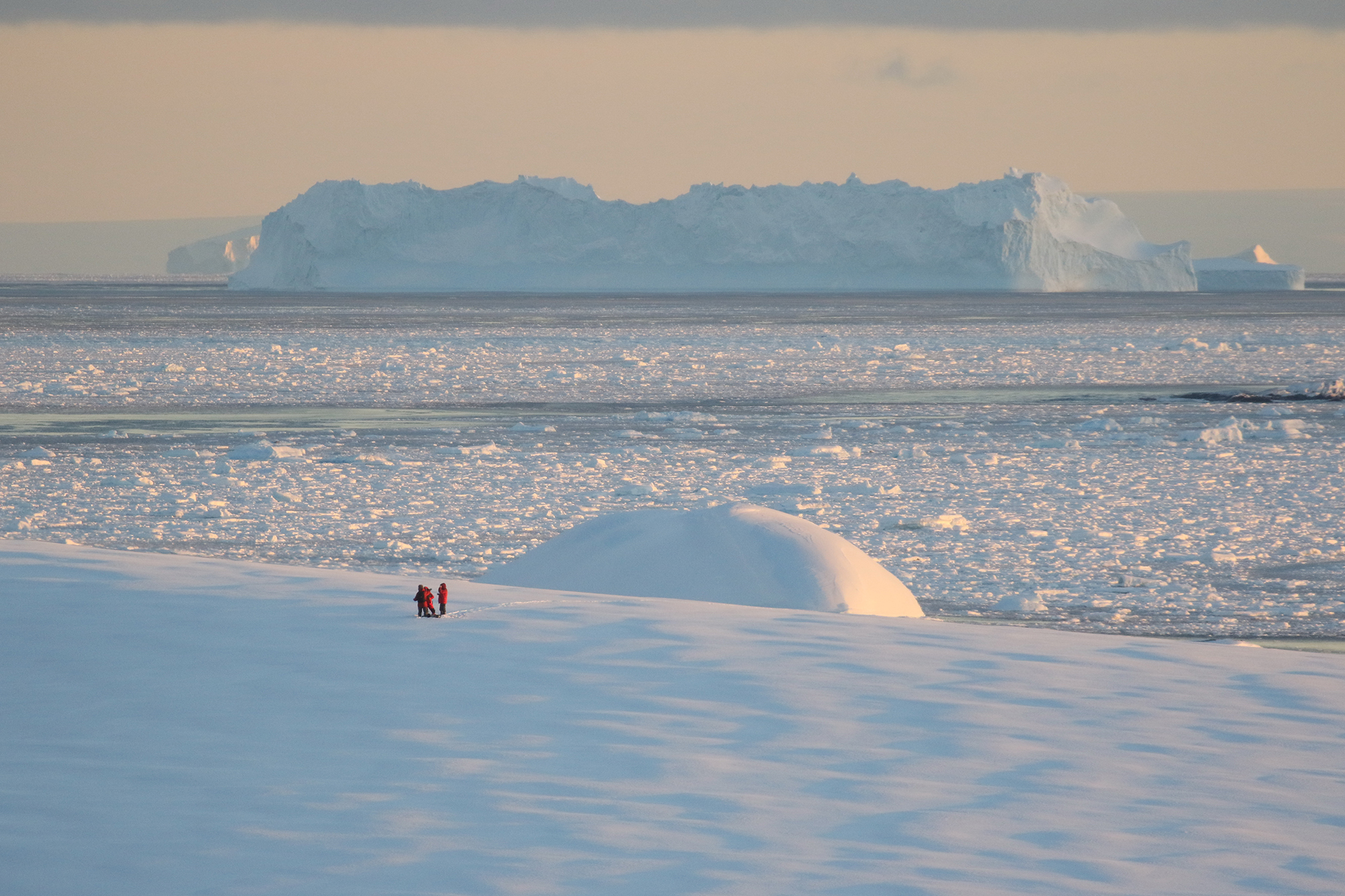
[This publication was created with support of the Royal Norwegian Embassy in Ukraine. The views and opinions expressed in this publication are those of the authors and do not necessarily reflect the official position of the Norwegian government].
Have read to the end! What's next?
Next is a small request.
Building media in Ukraine is not an easy task. It requires special experience, knowledge and special resources. Literary reportage is also one of the most expensive genres of journalism. That's why we need your support.
We have no investors or "friendly politicians" - we’ve always been independent. The only dependence we would like to have is dependence on educated and caring readers. We invite you to support us on Patreon, so we could create more valuable things with your help.
Reports130
More